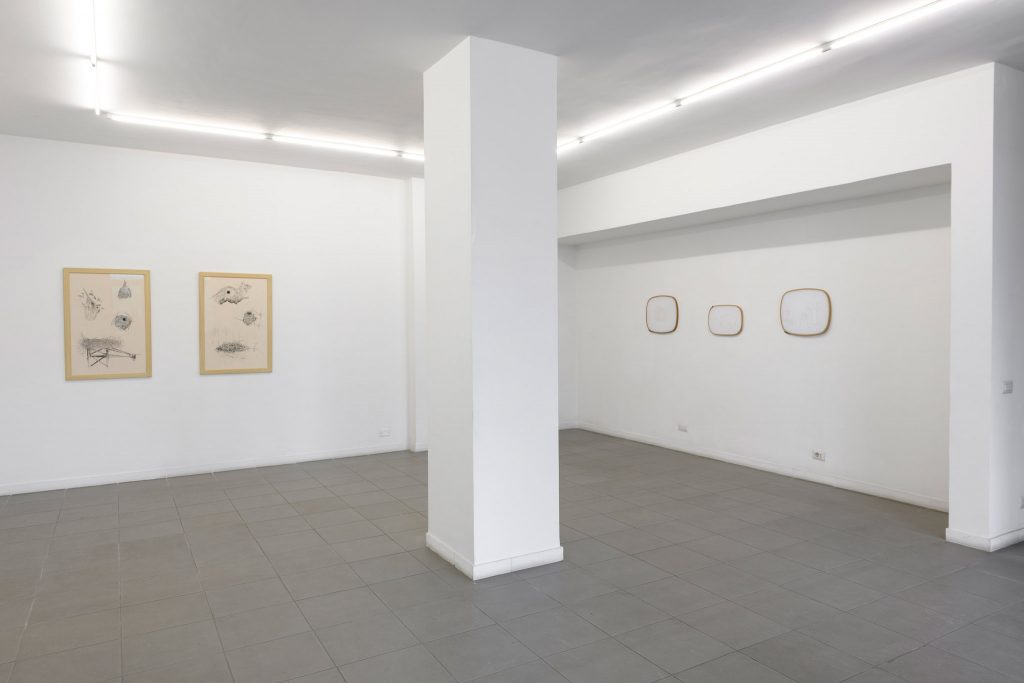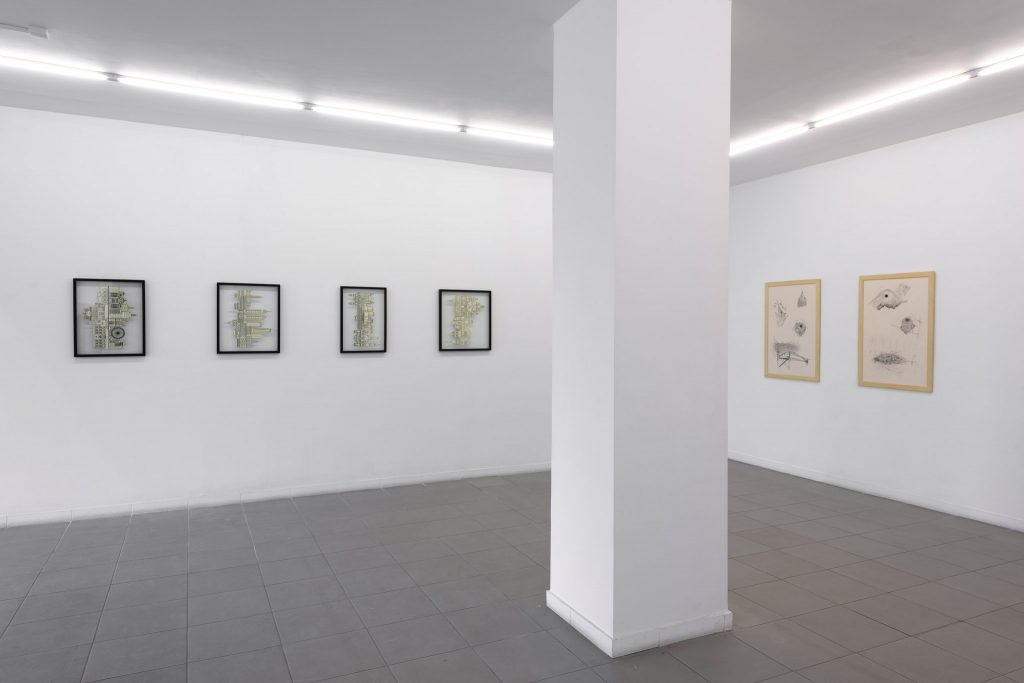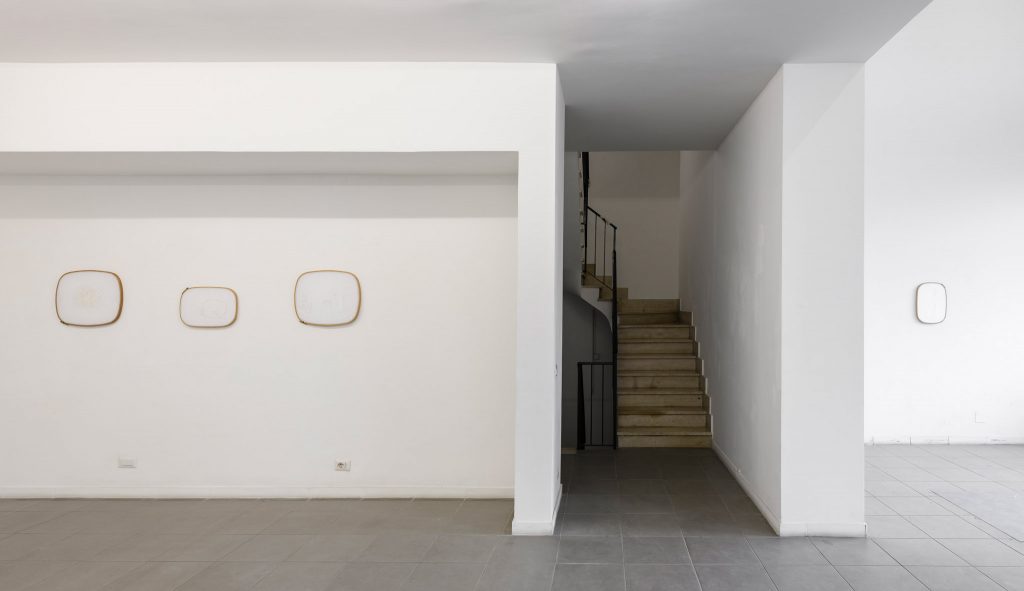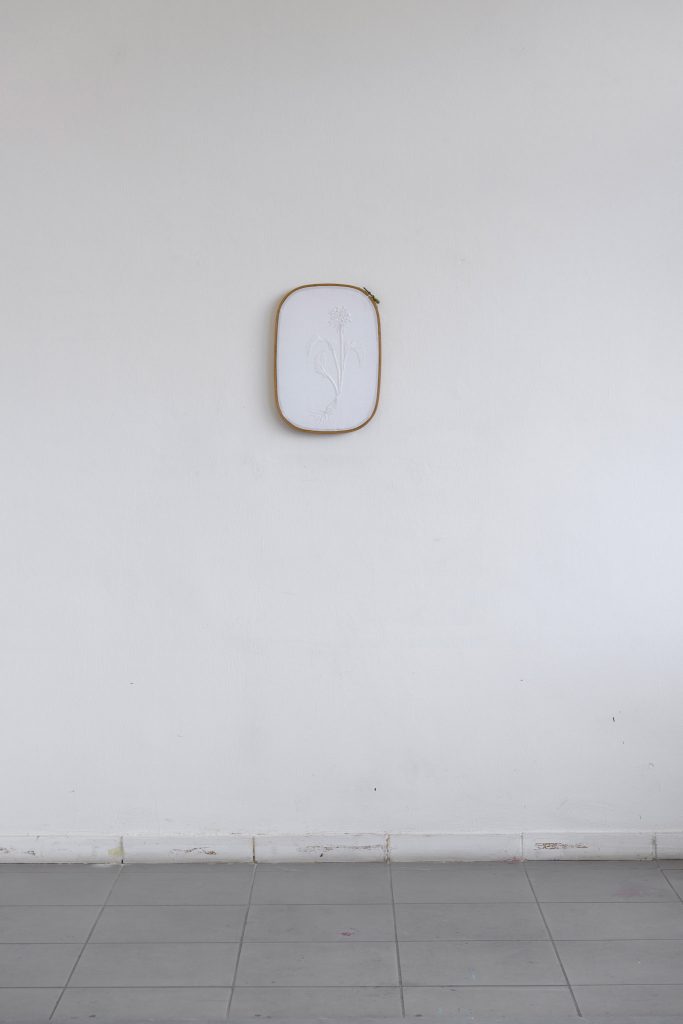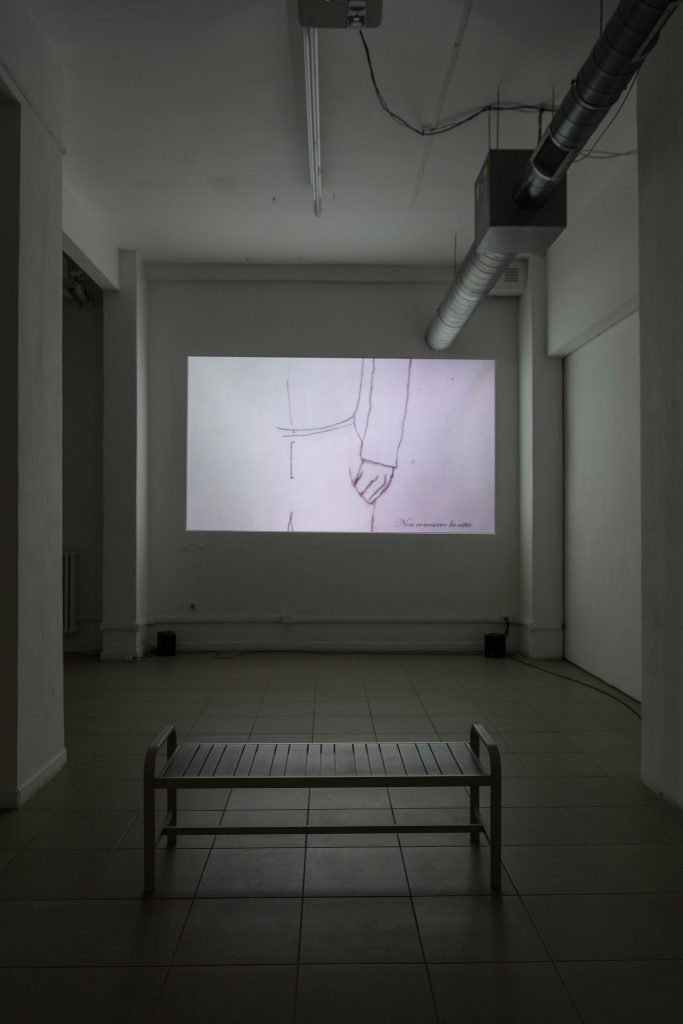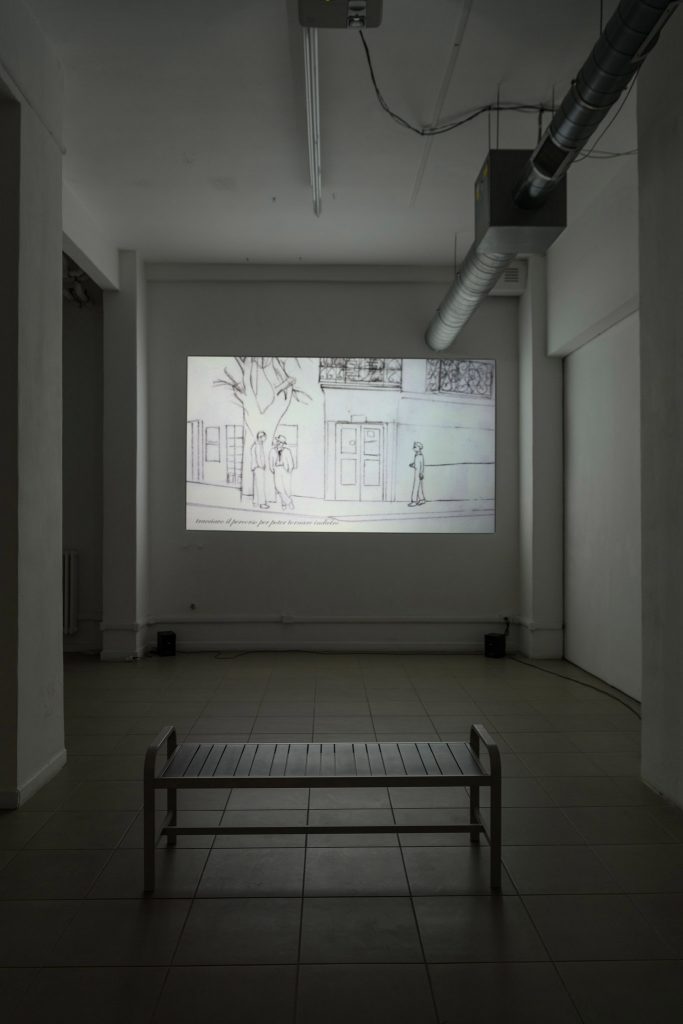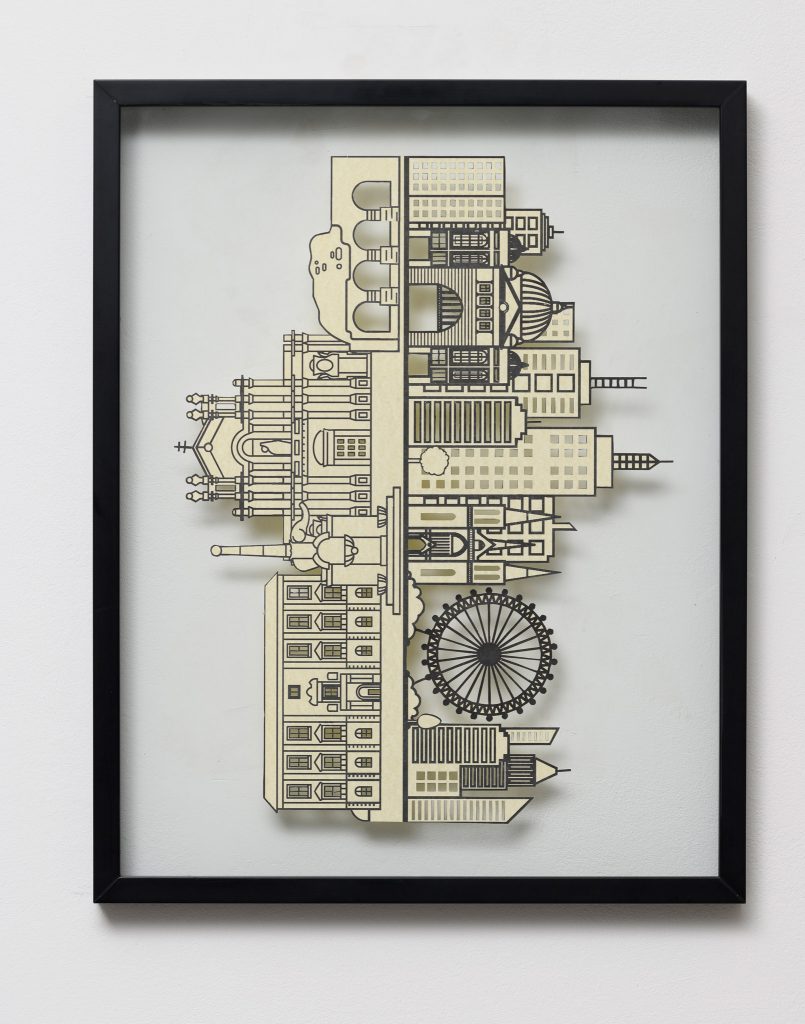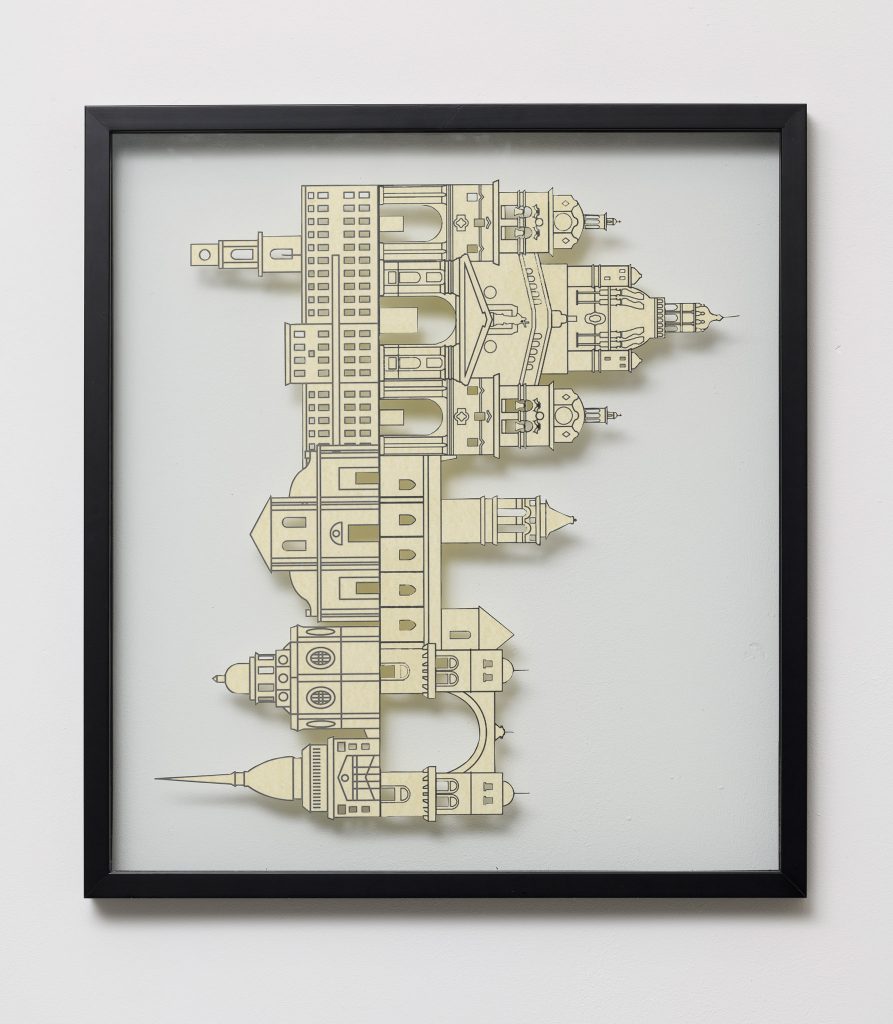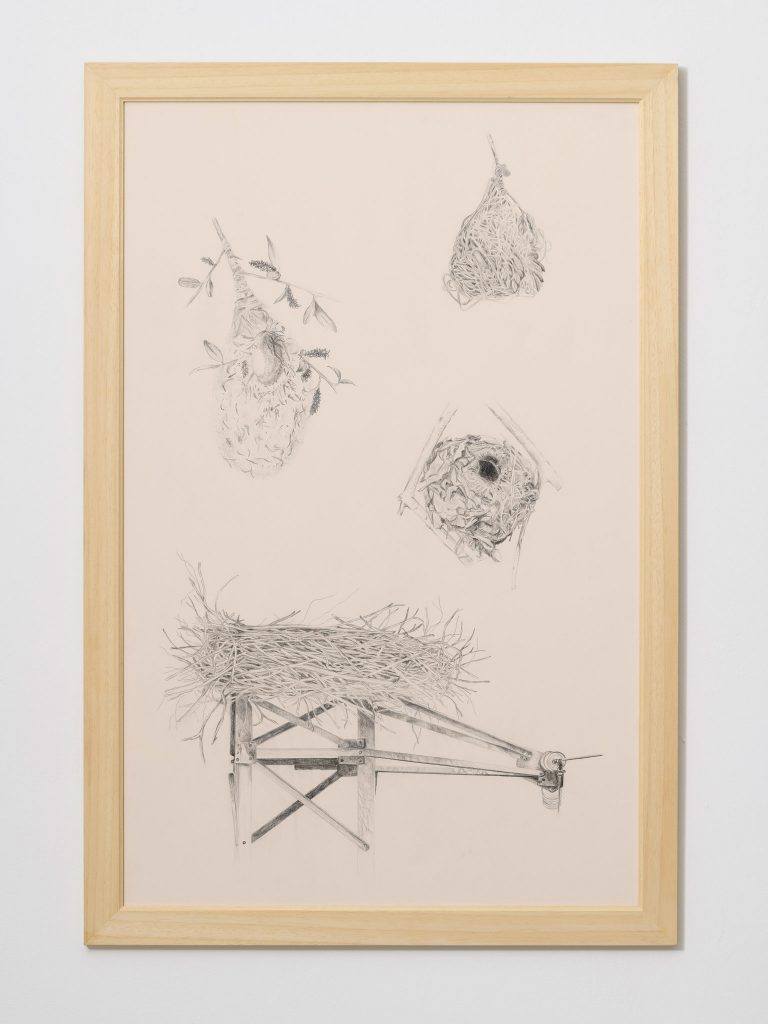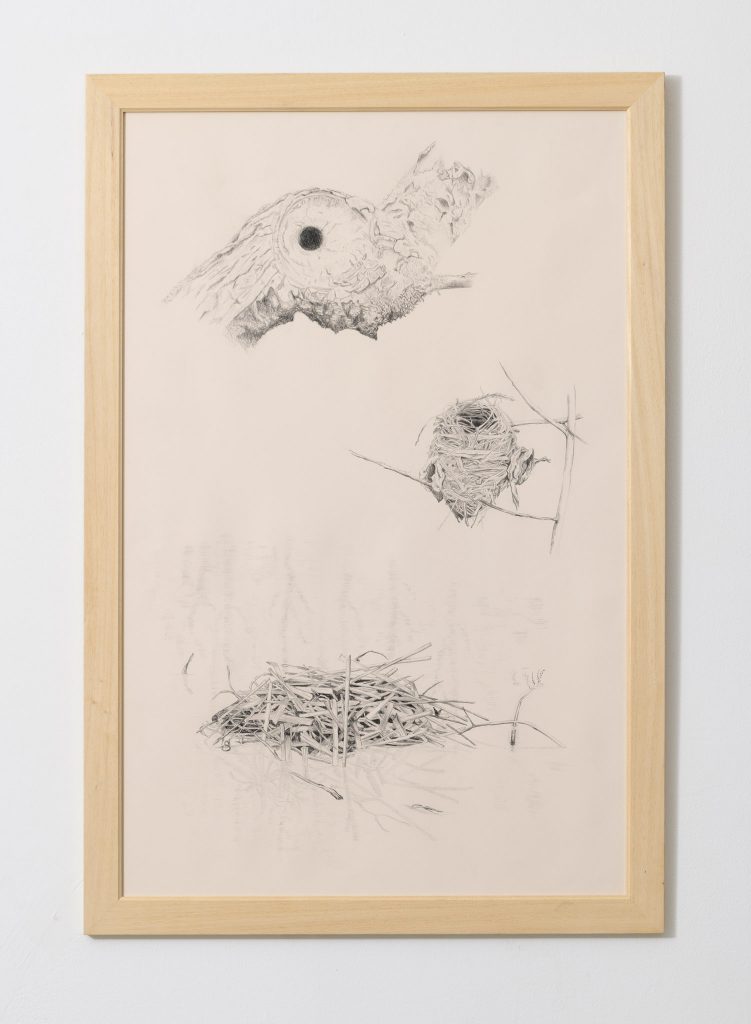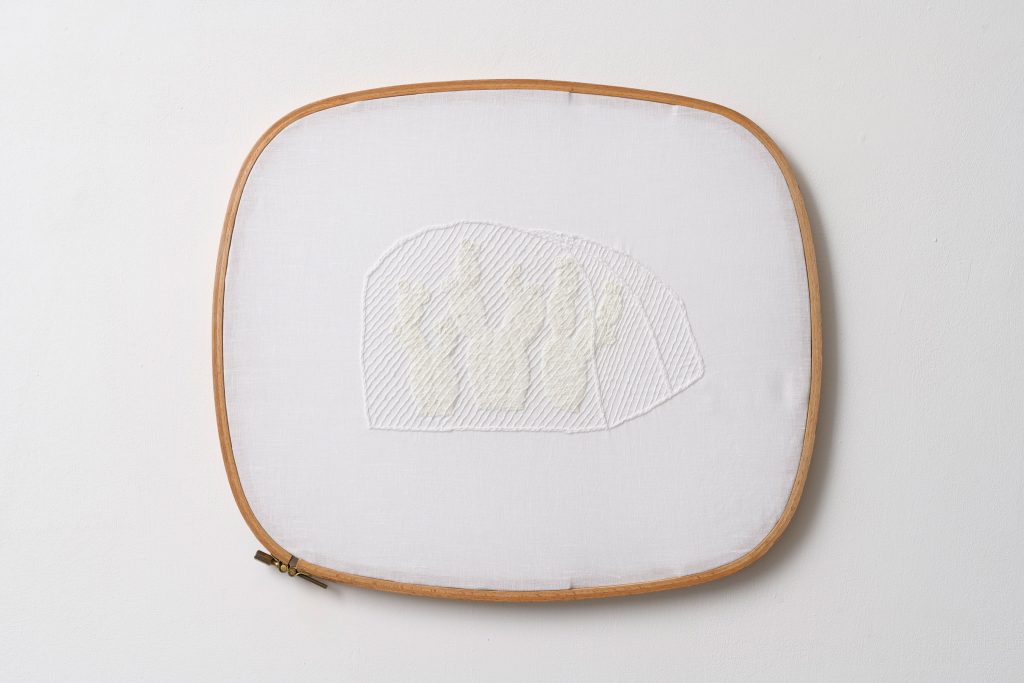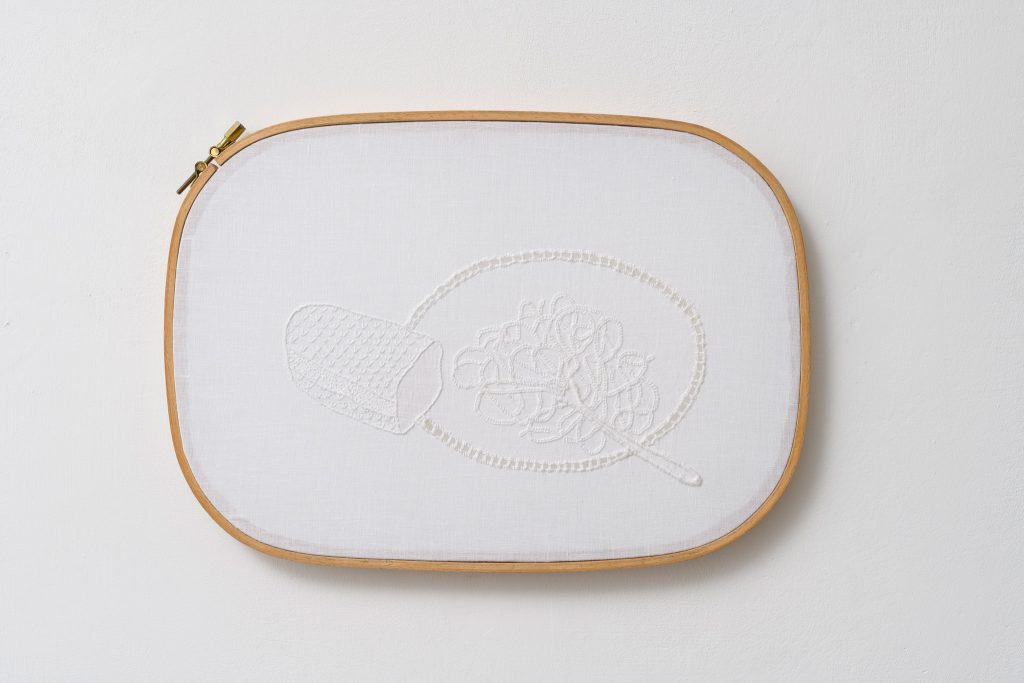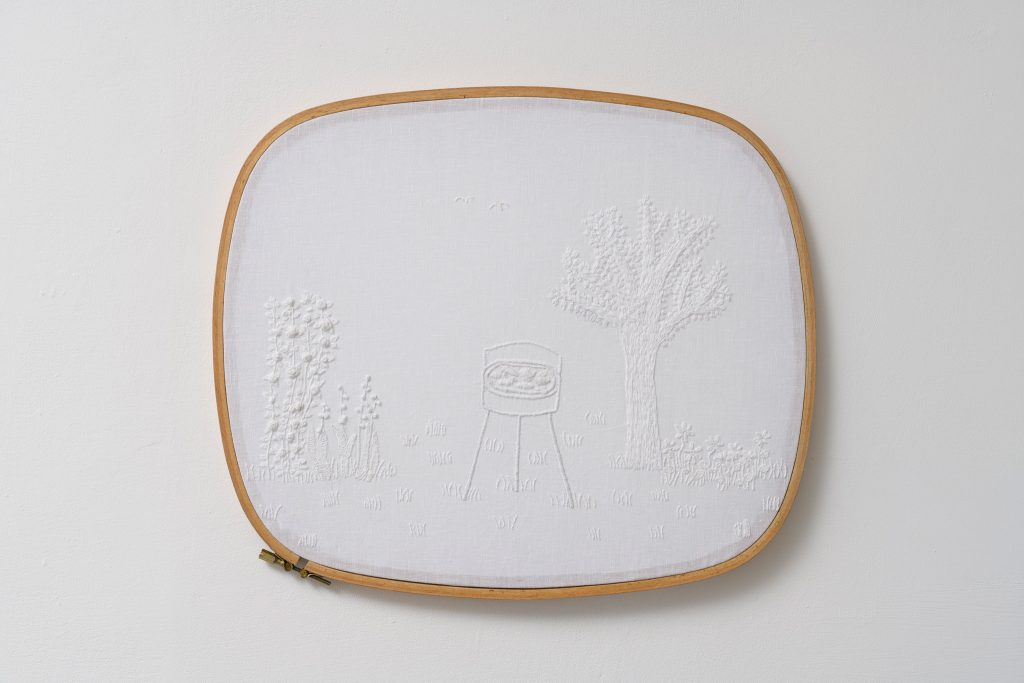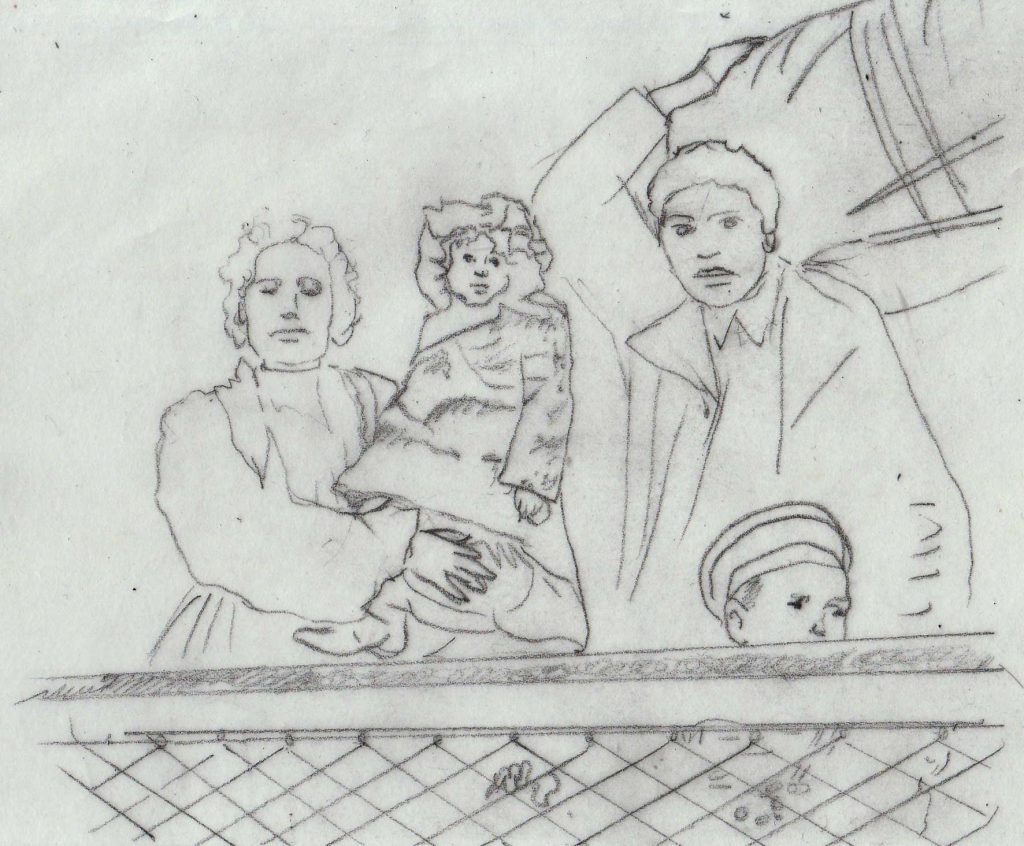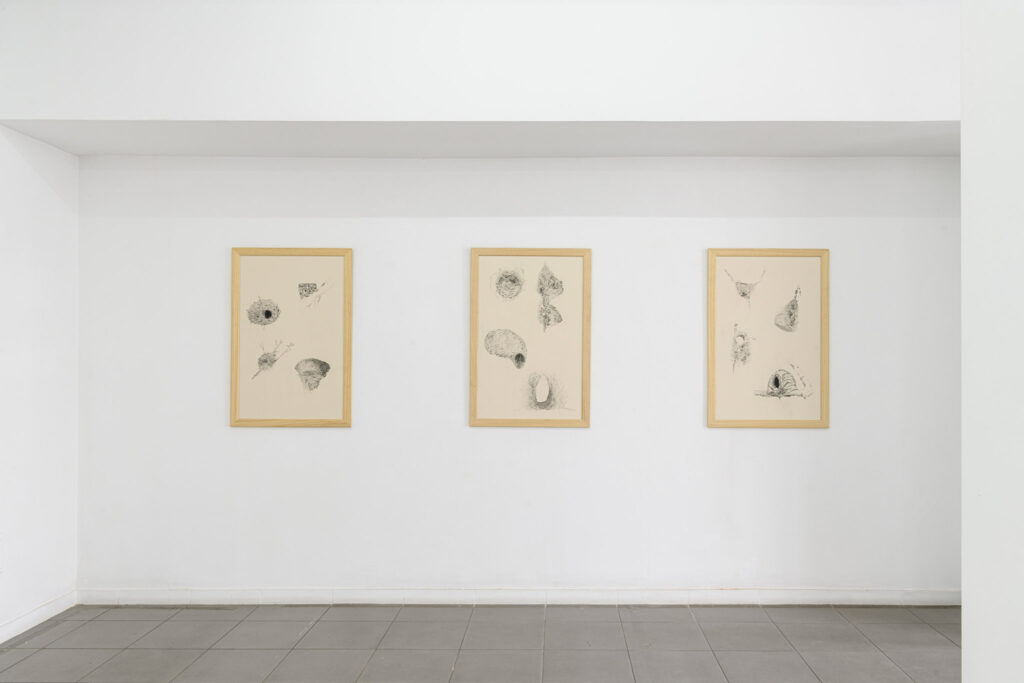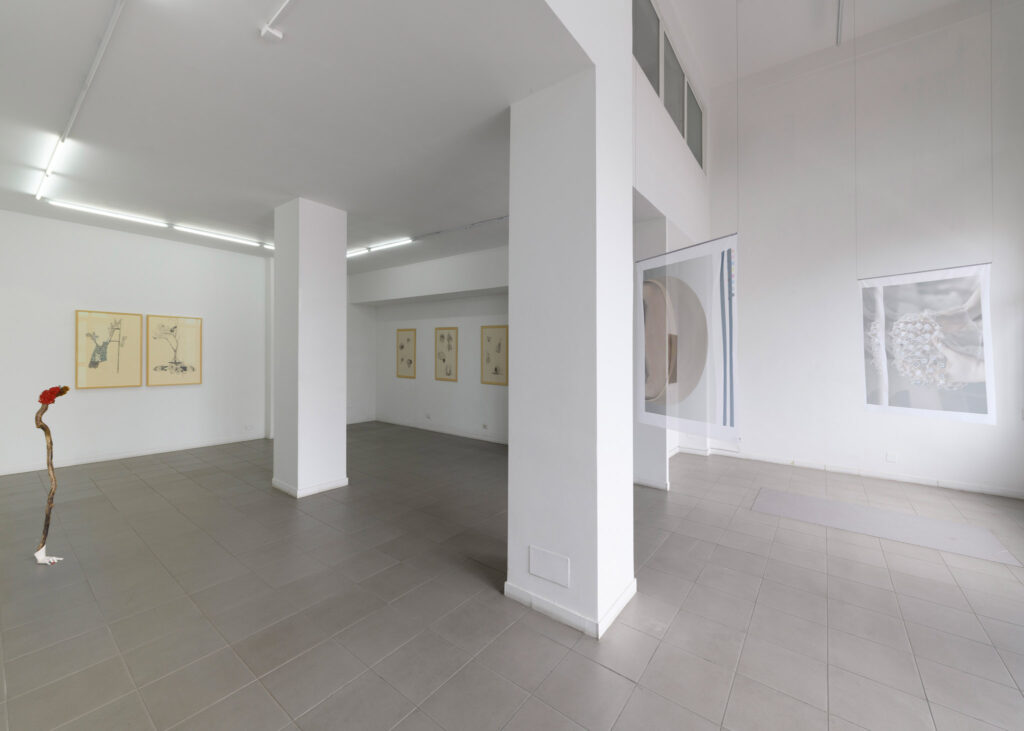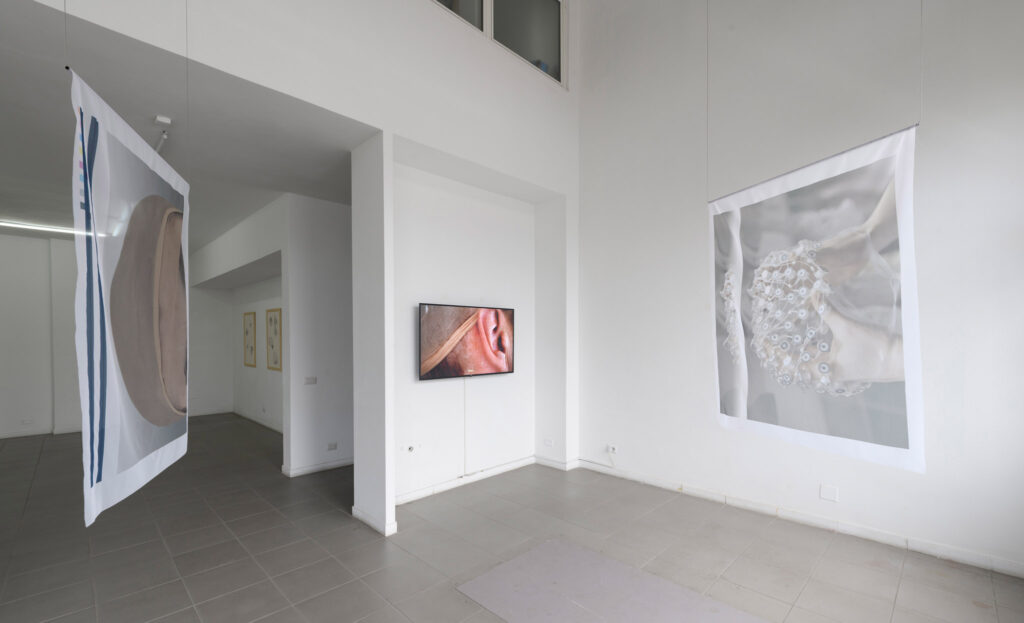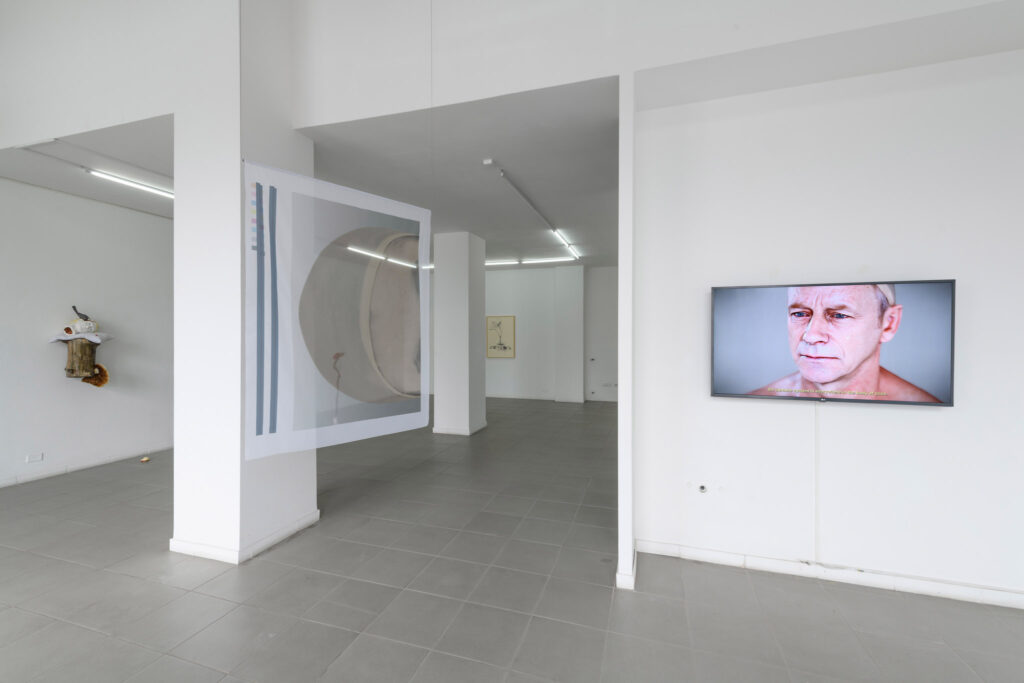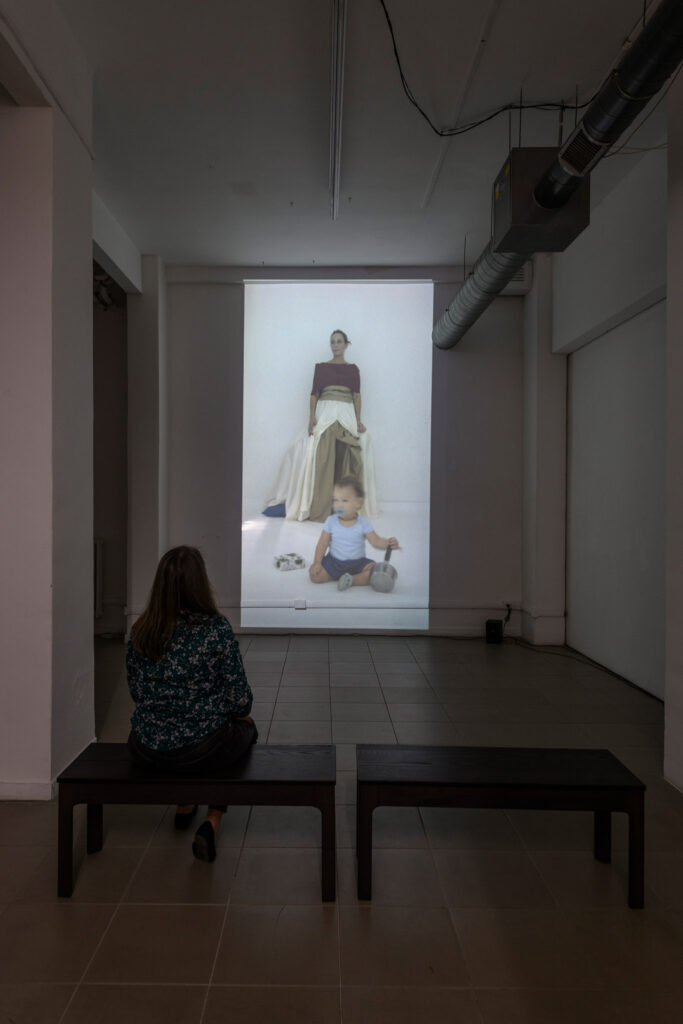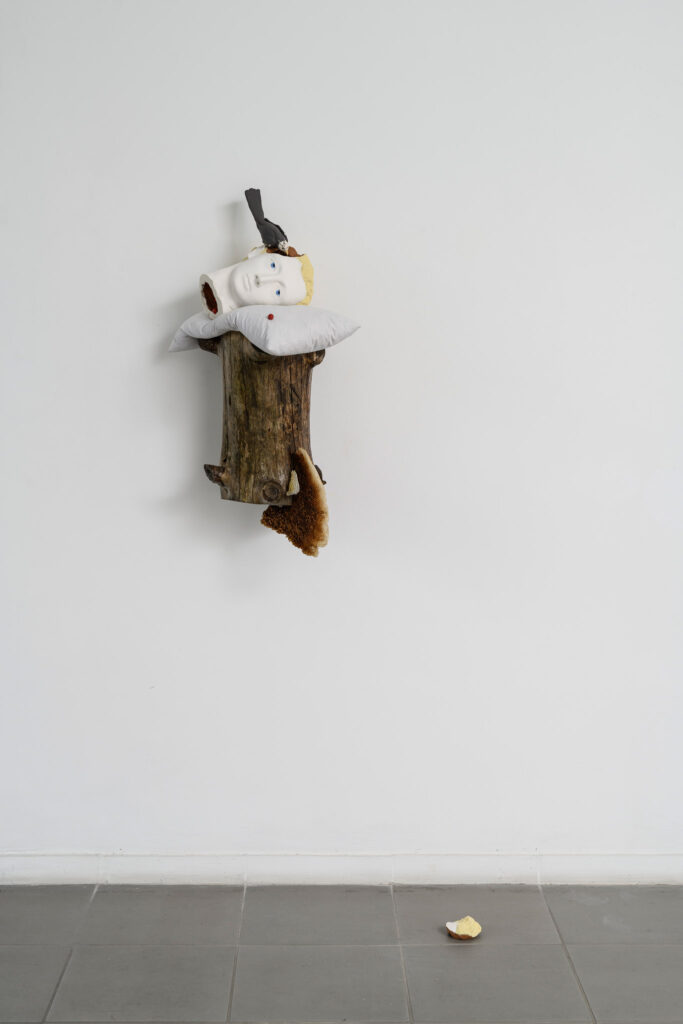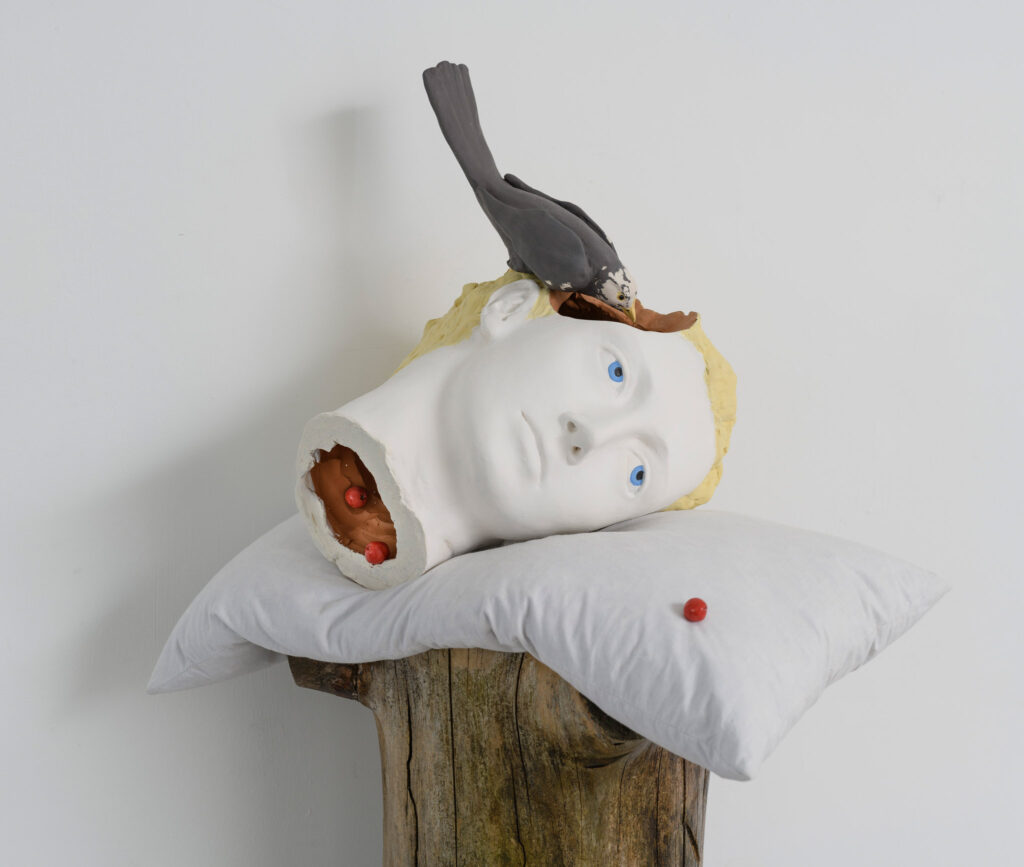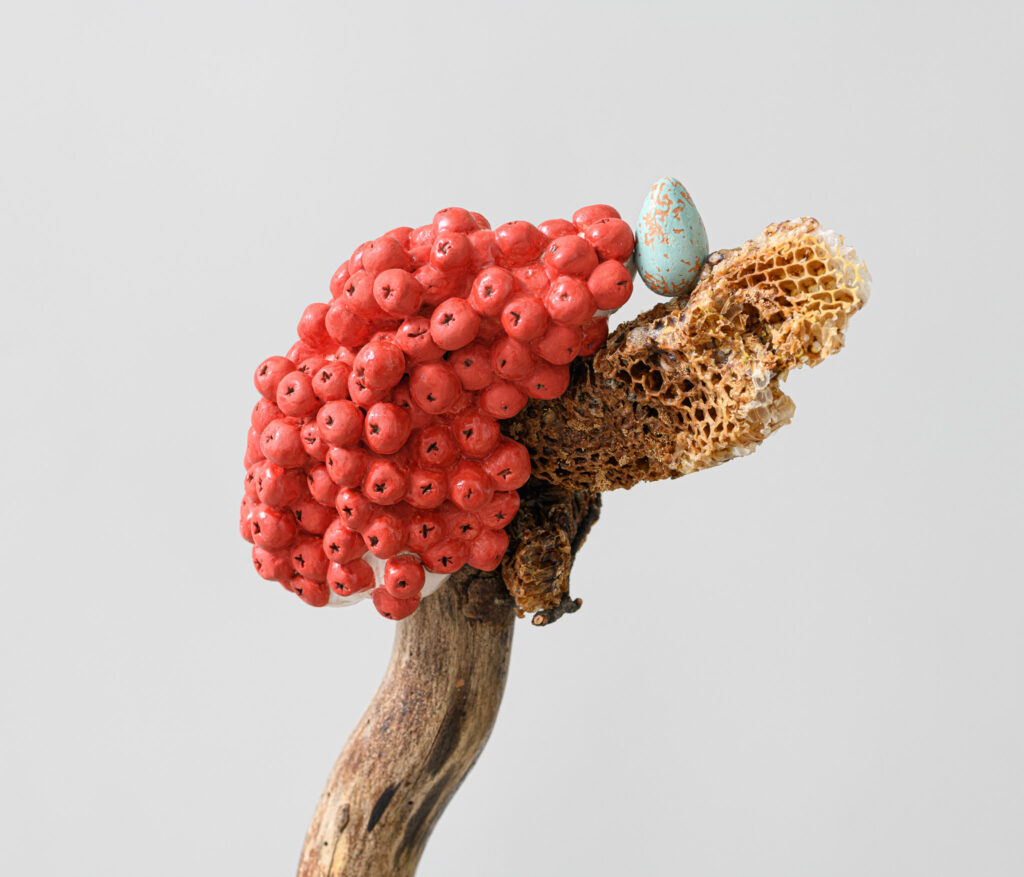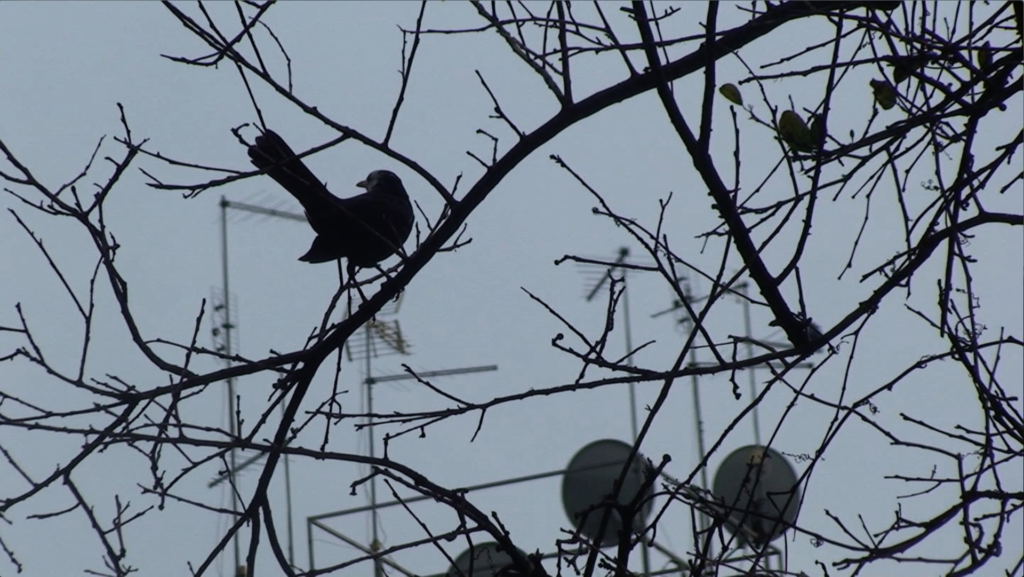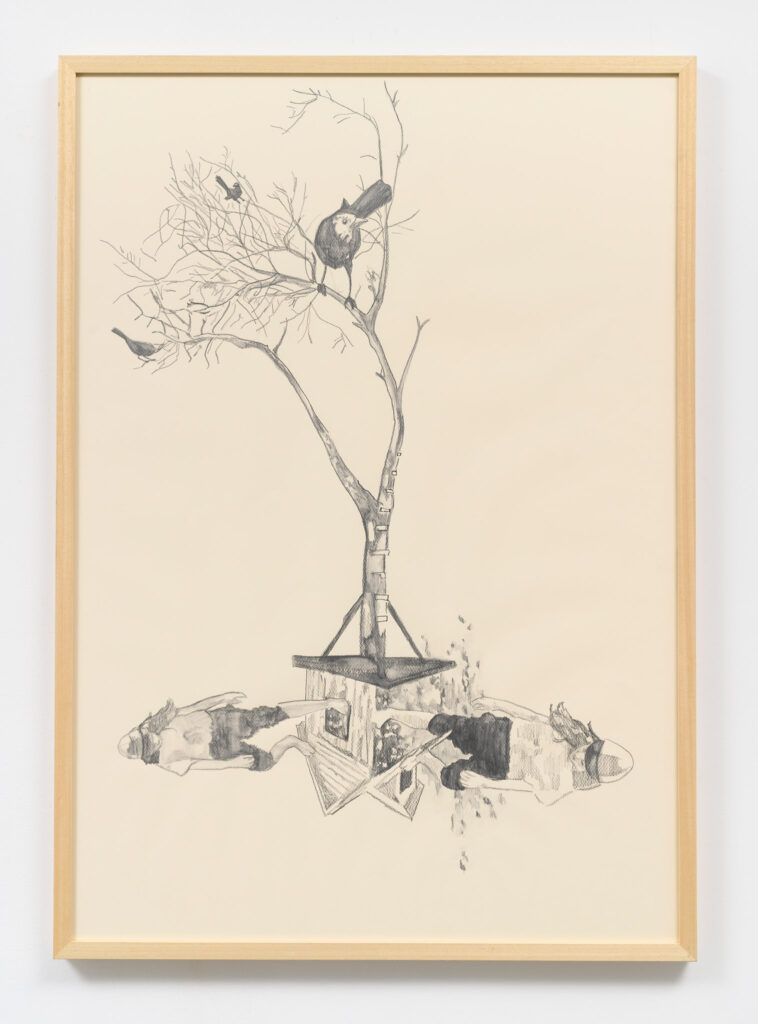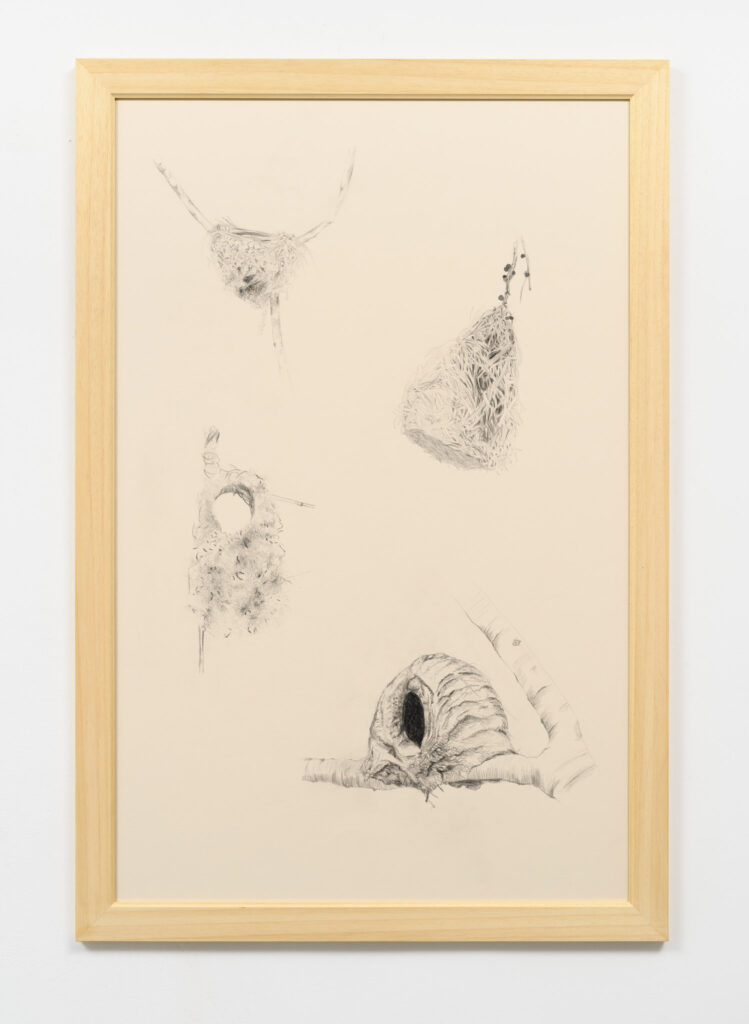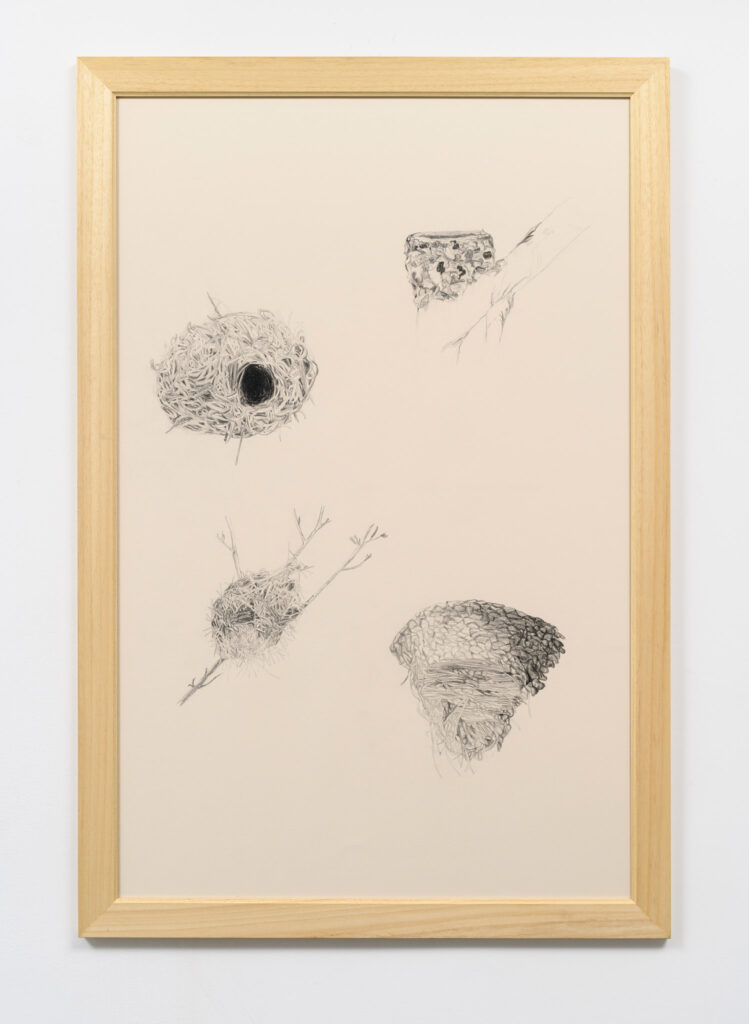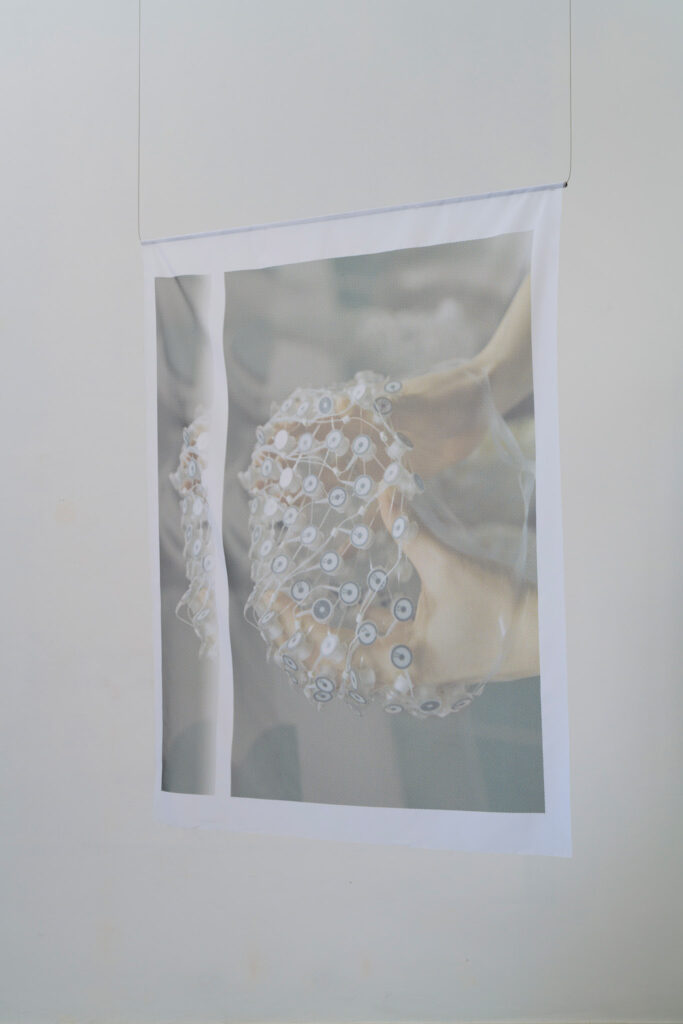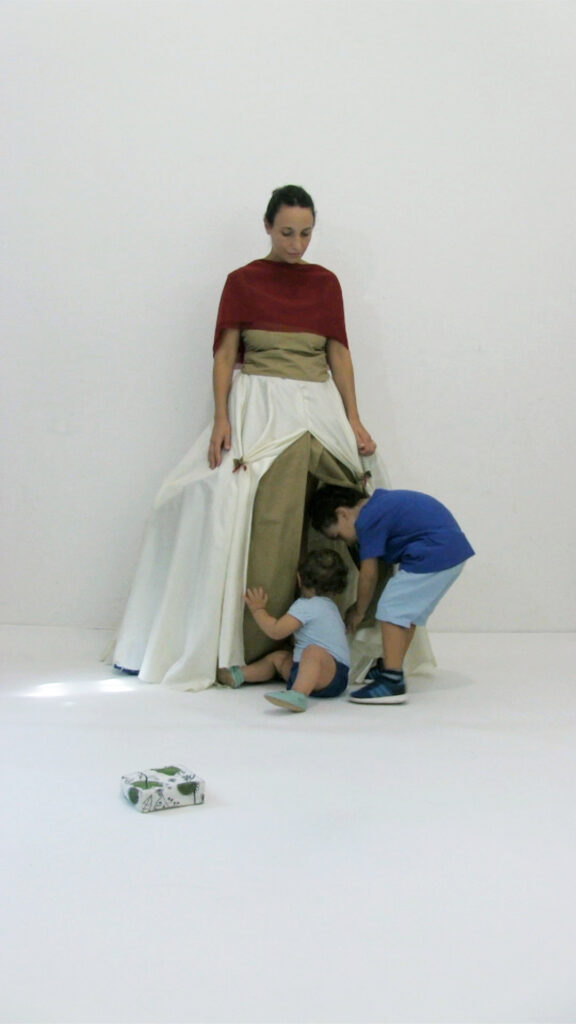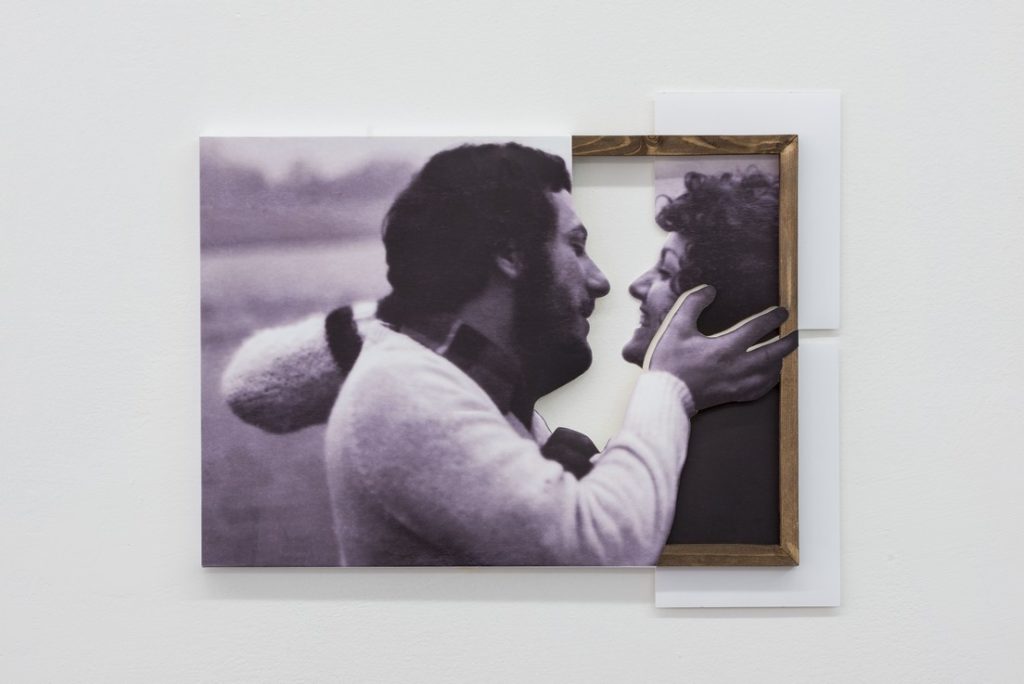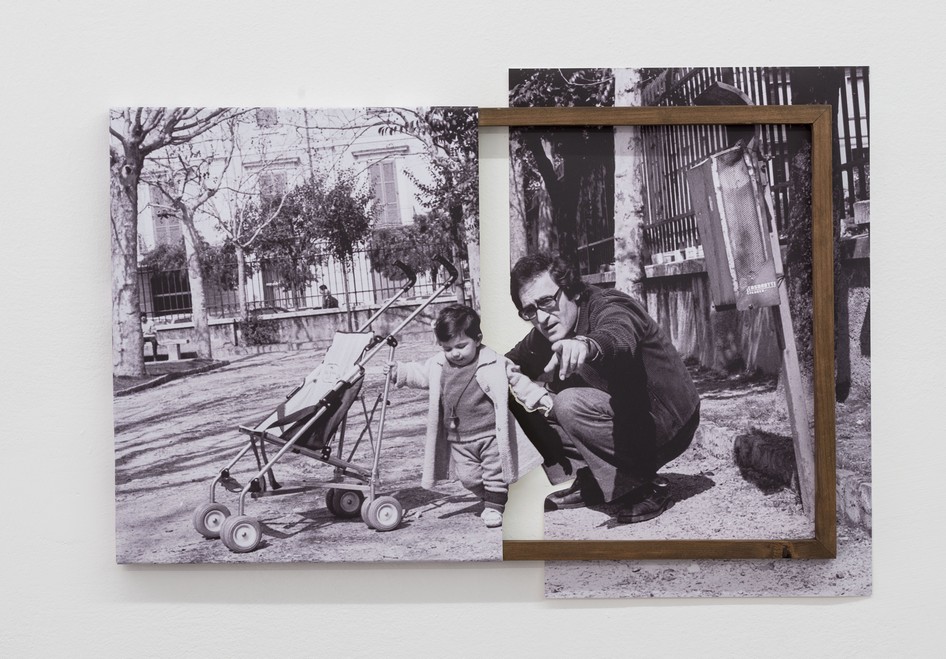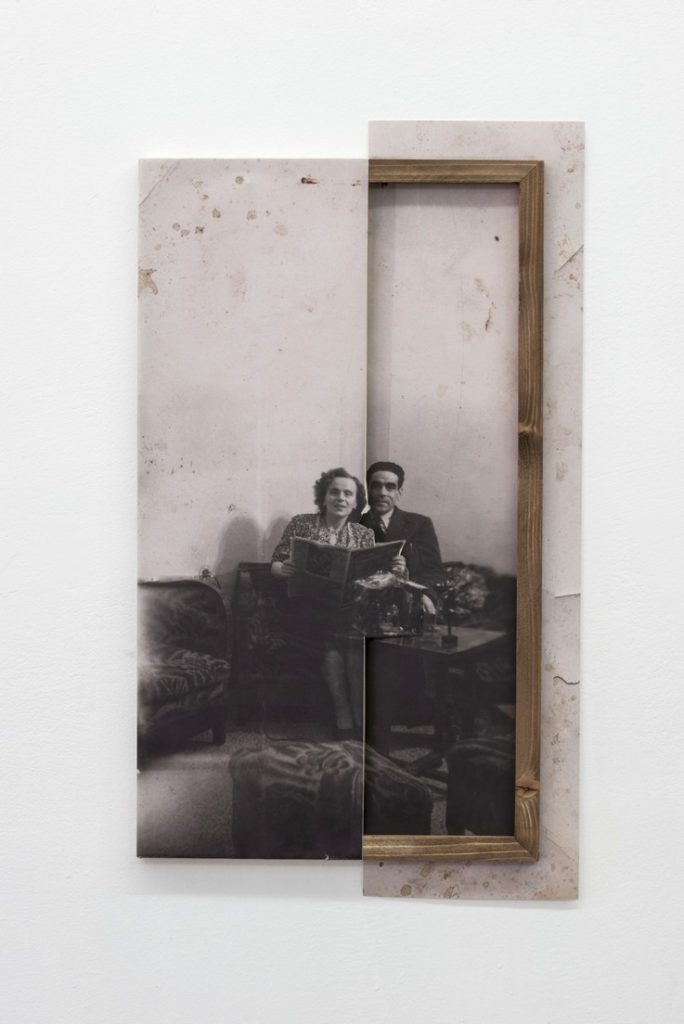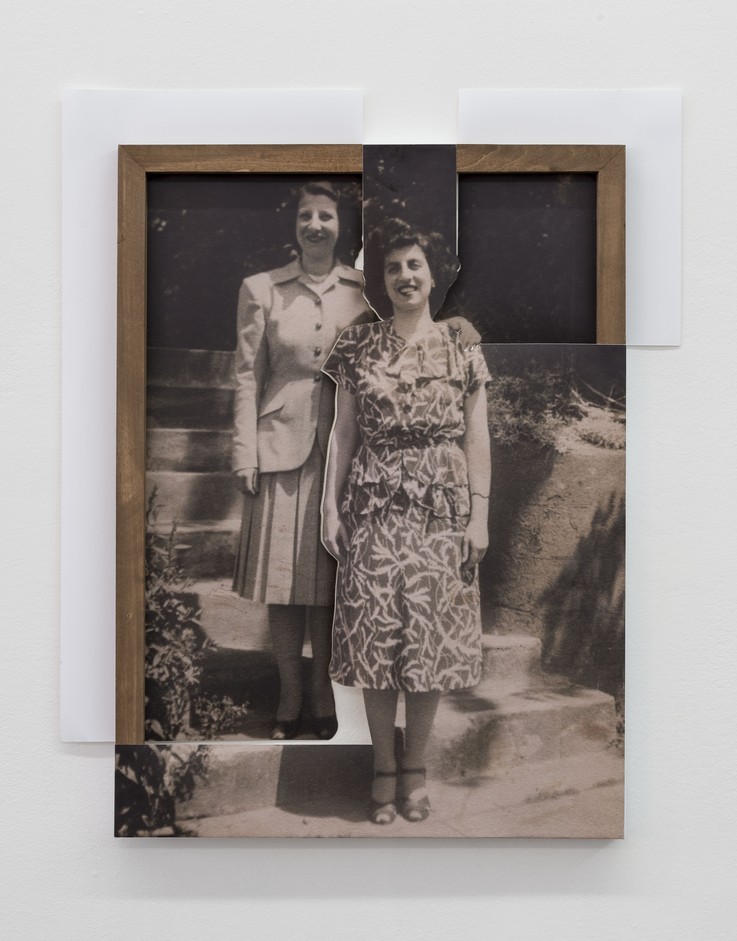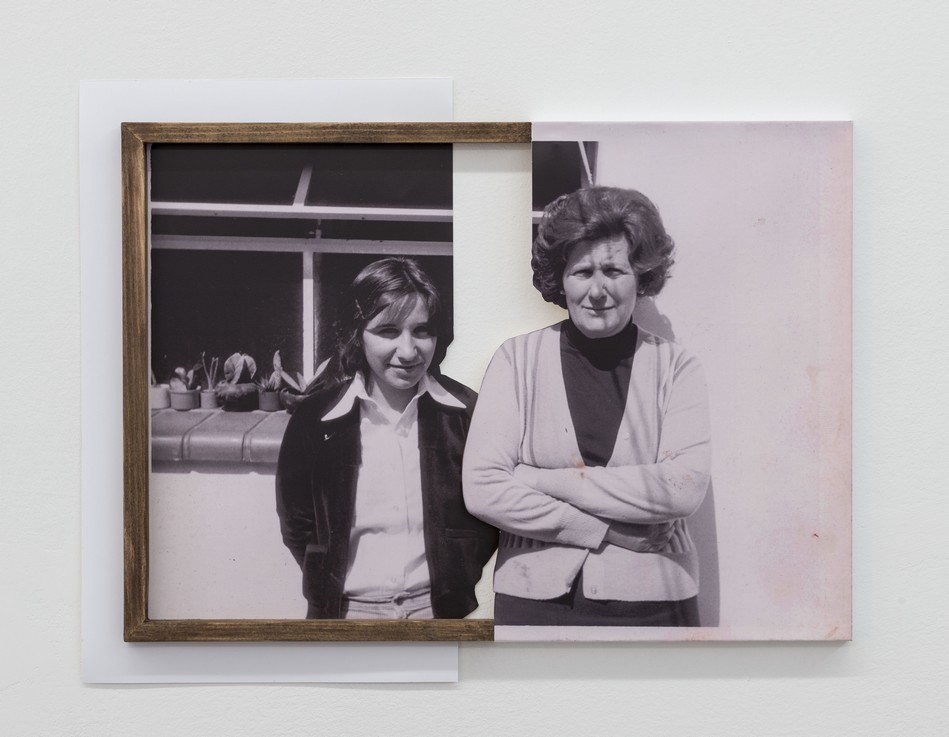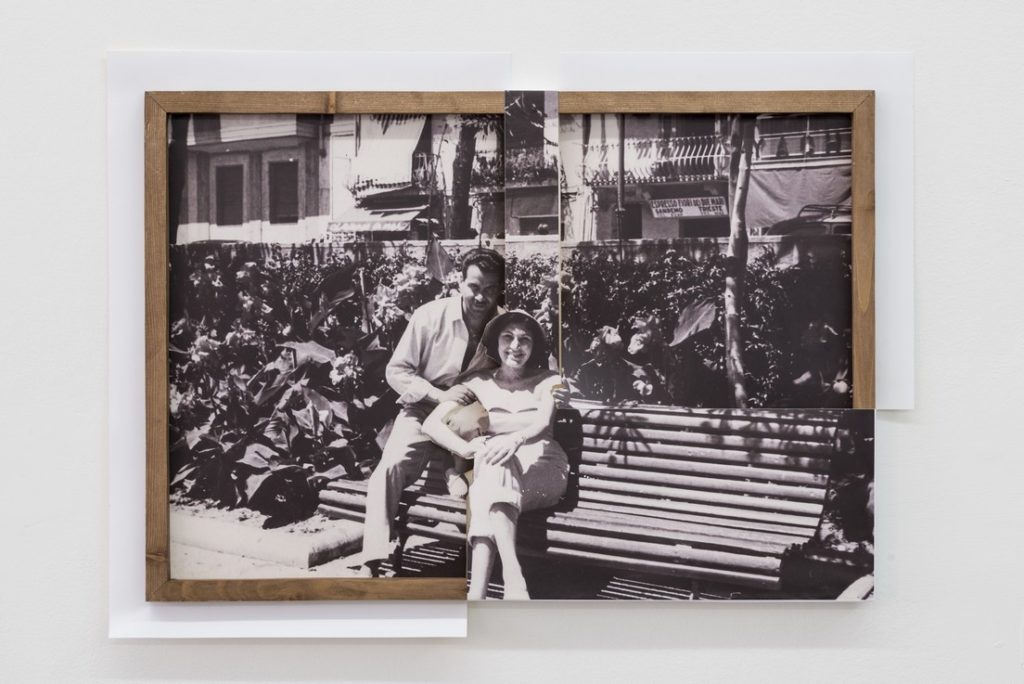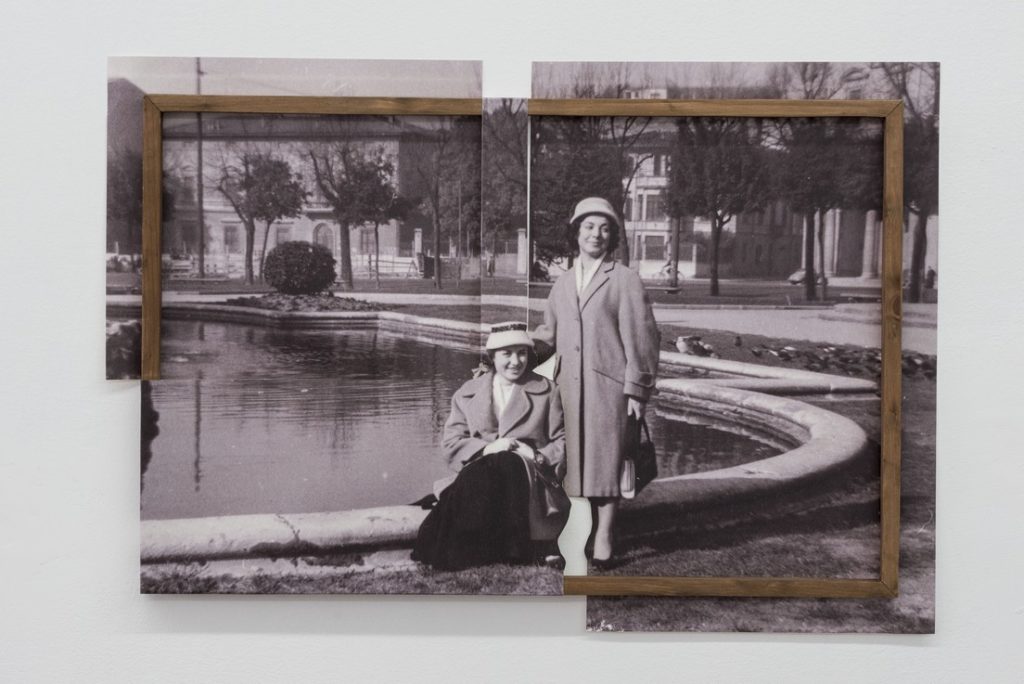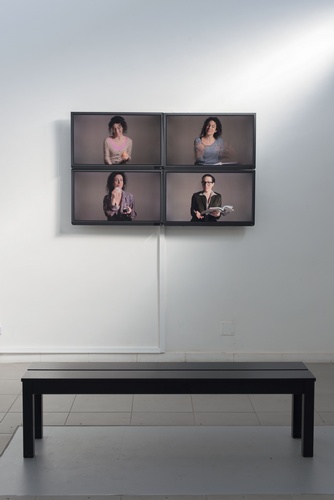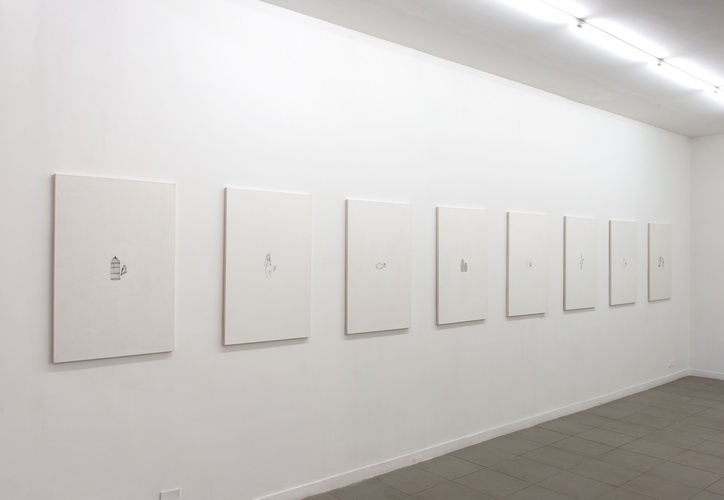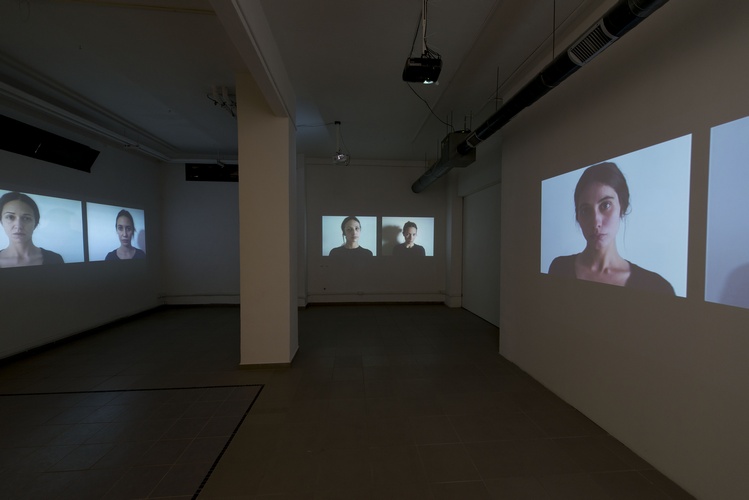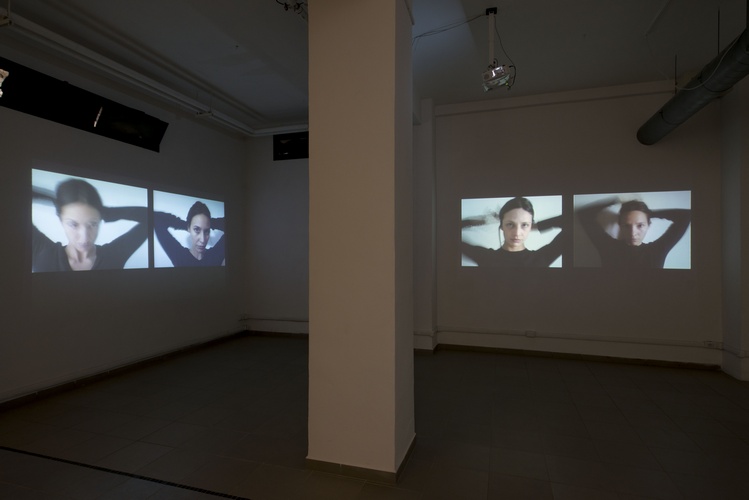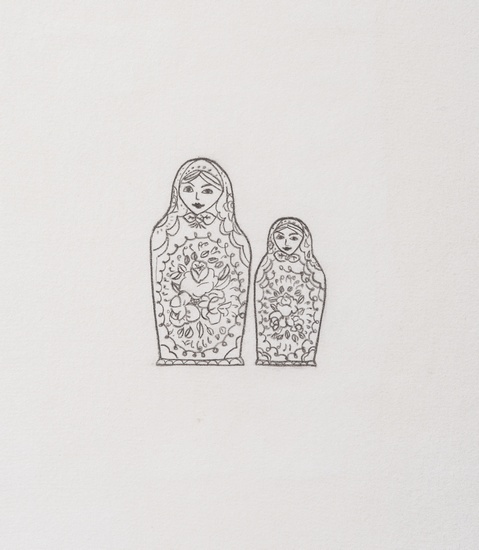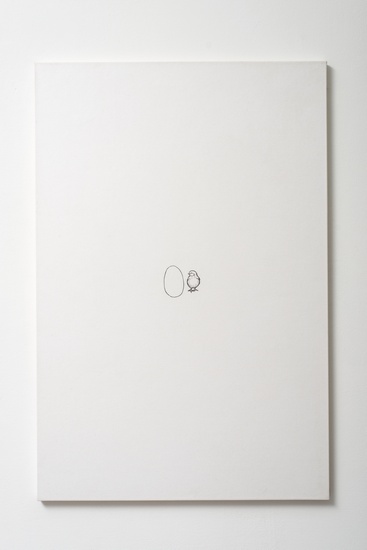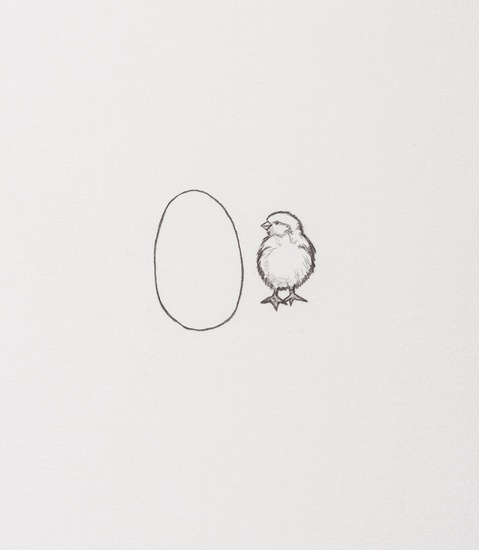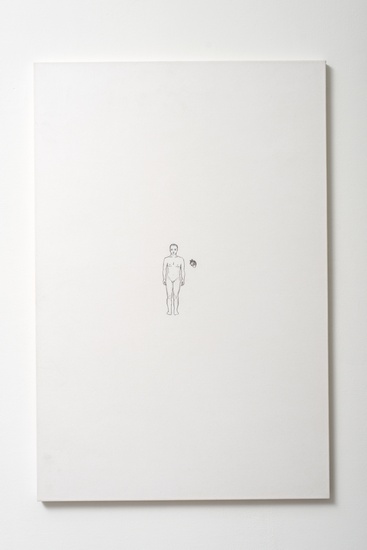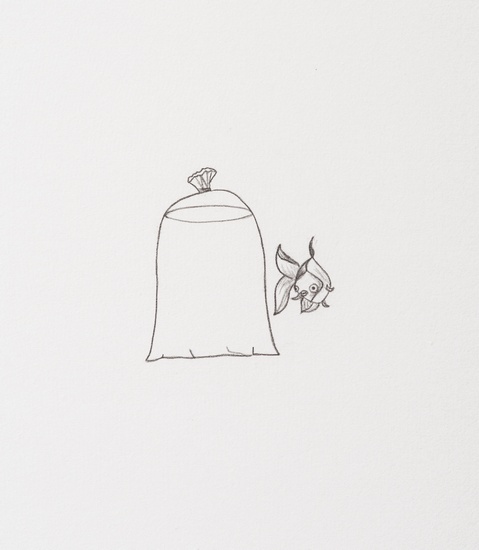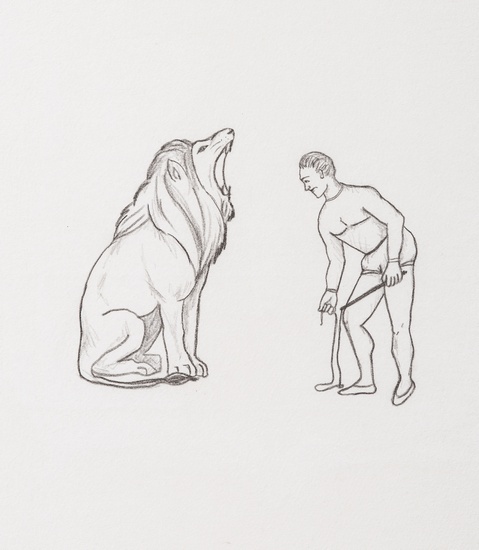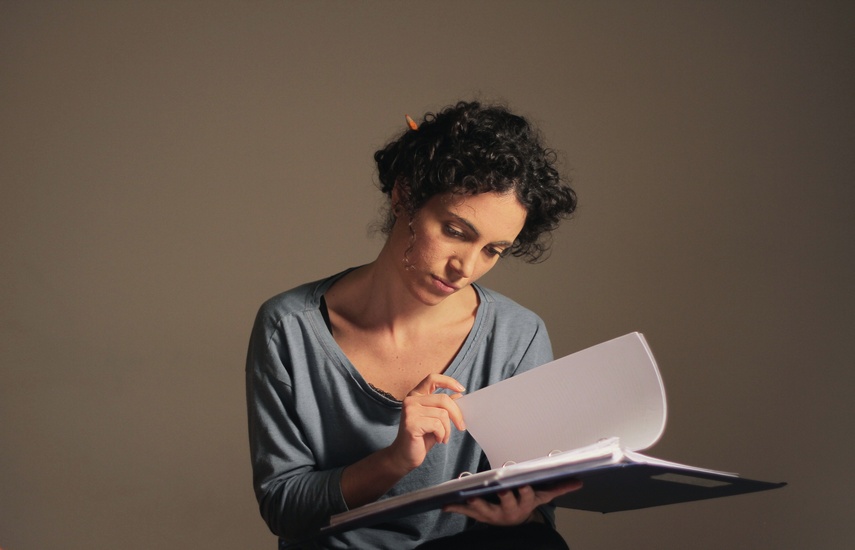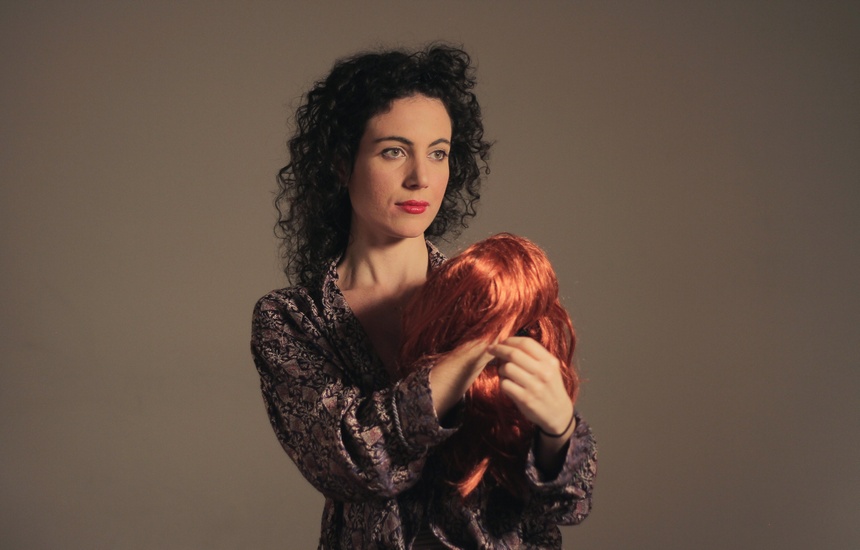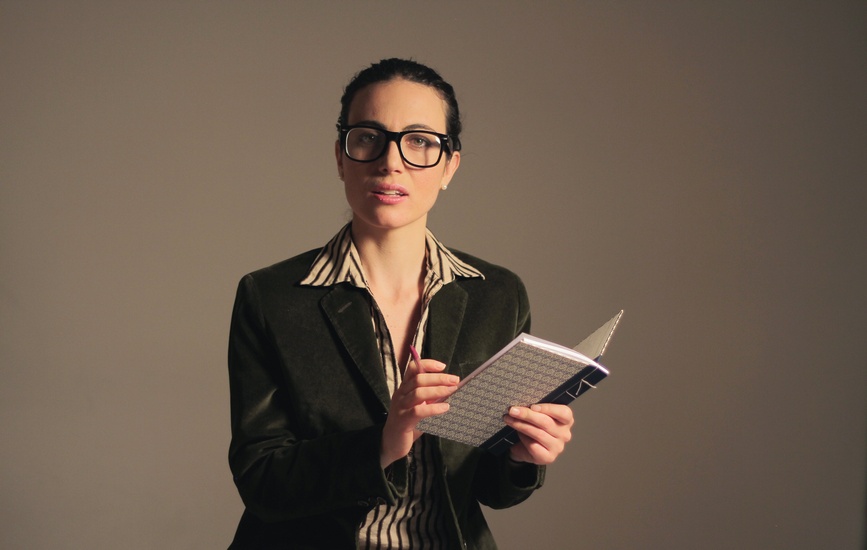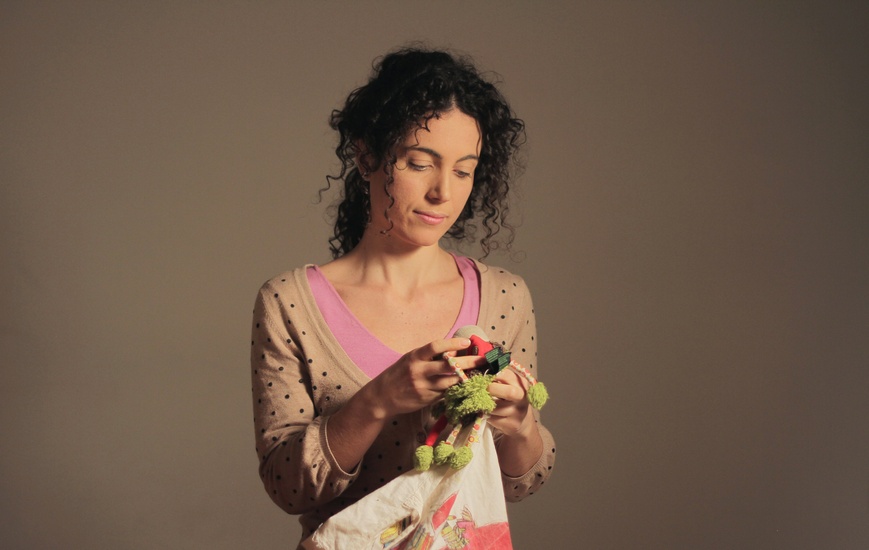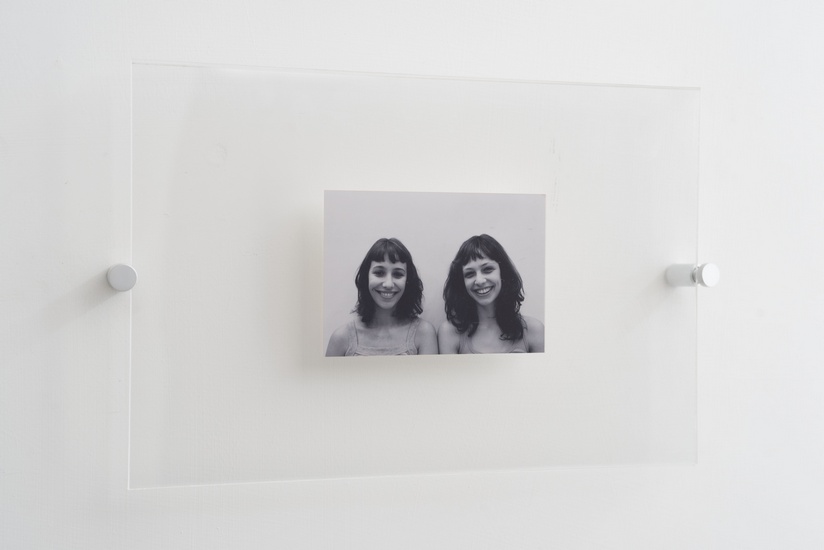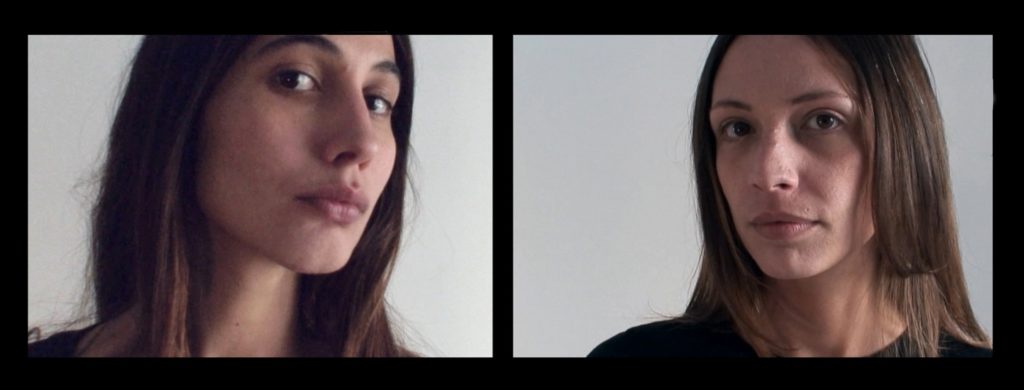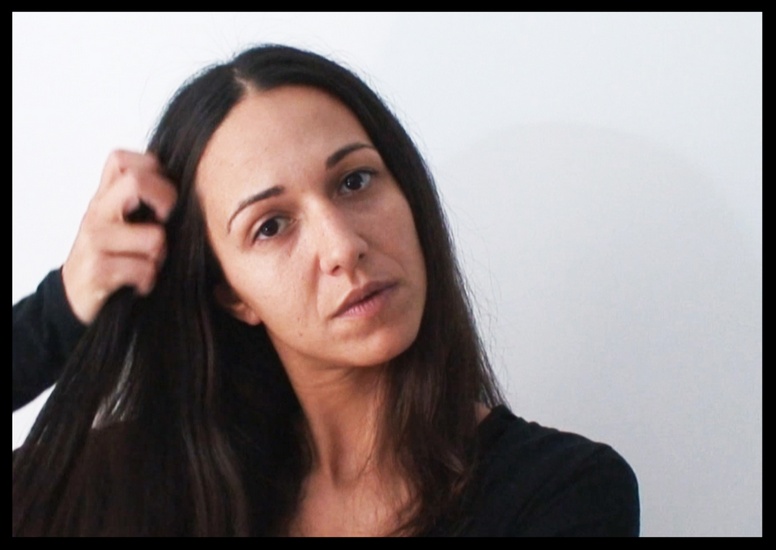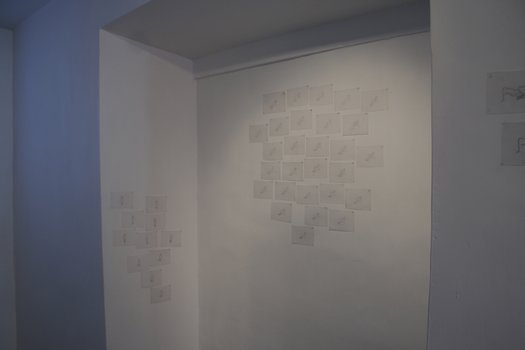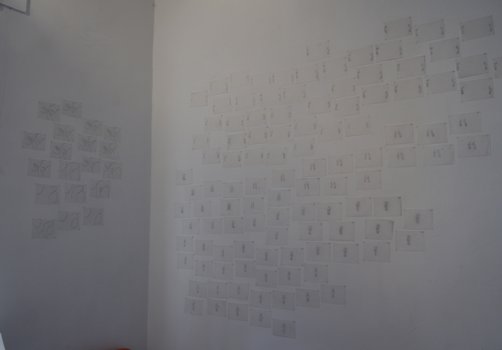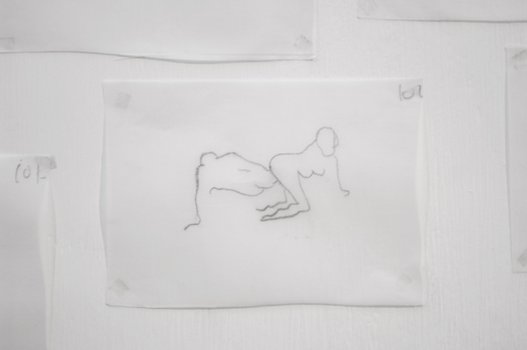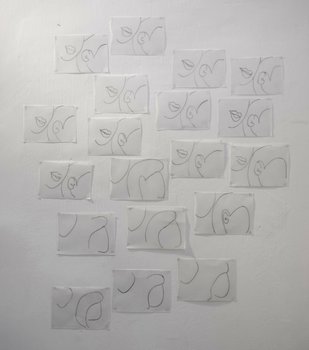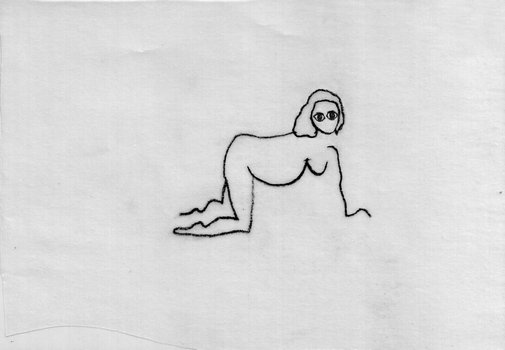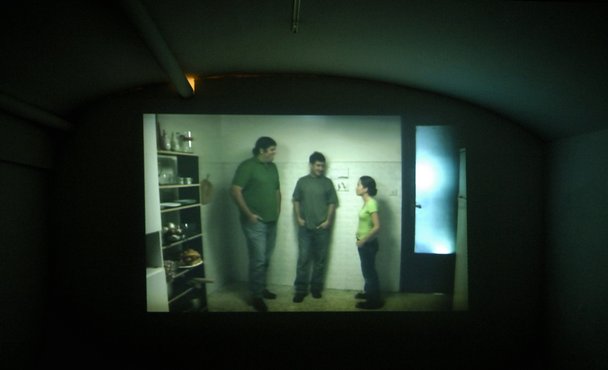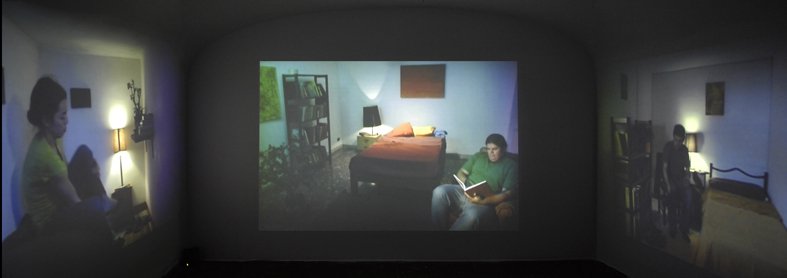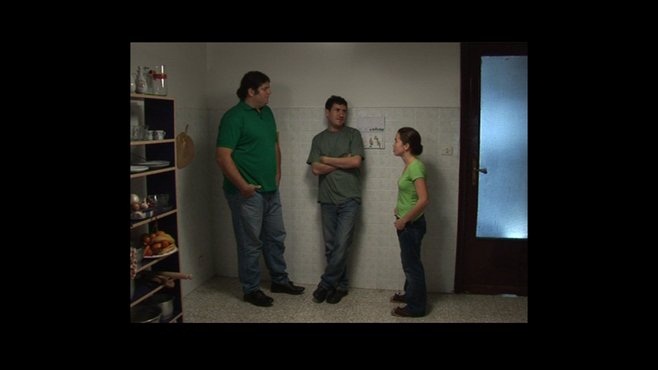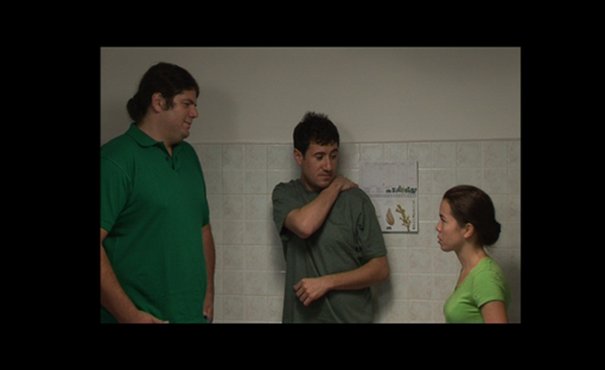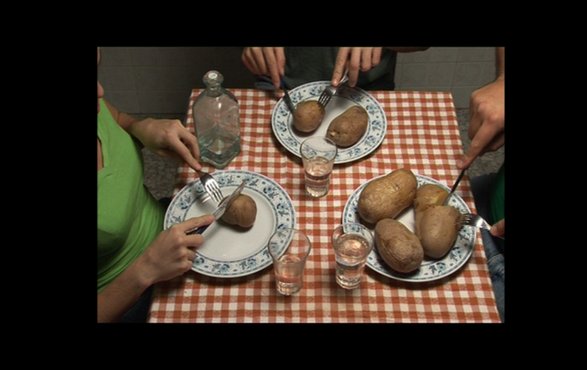Mariana Ferratto
24.01.2025 – 15.03.2025
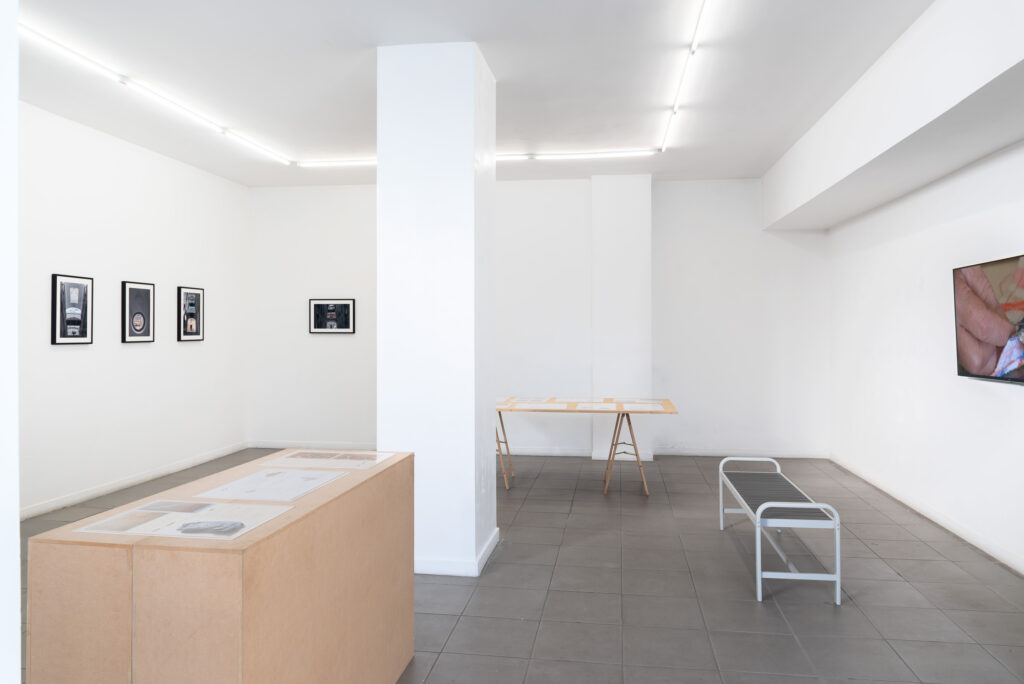
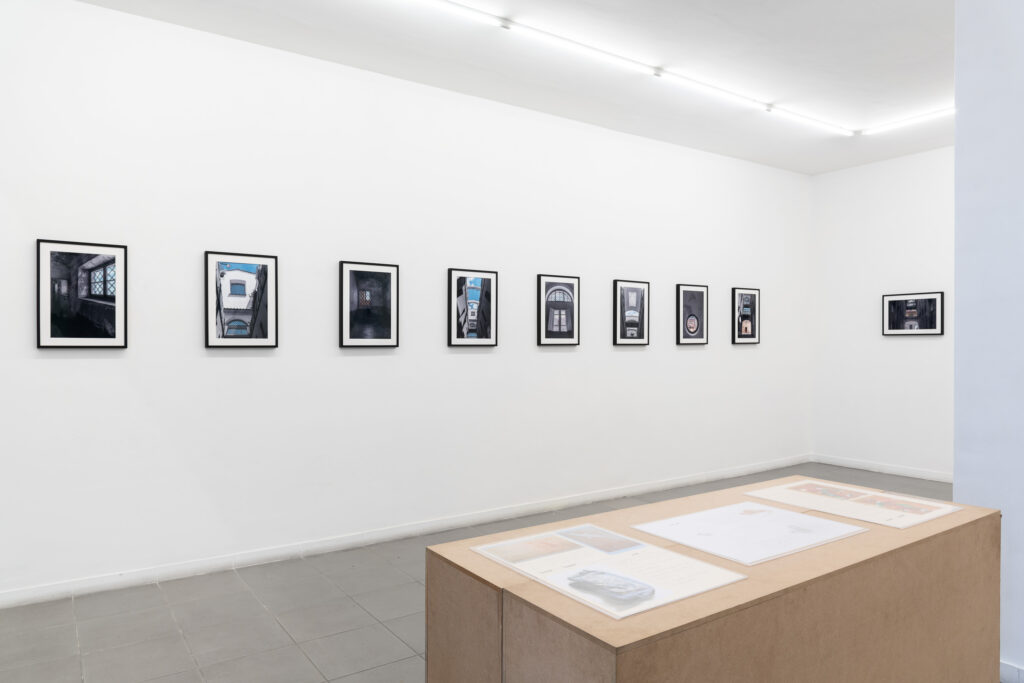
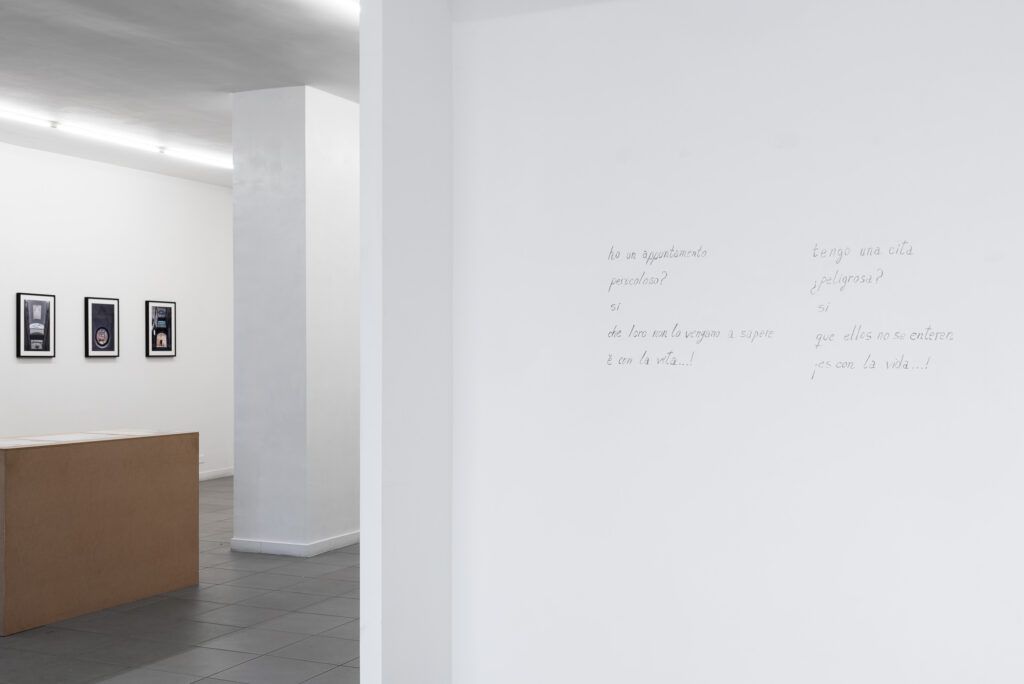
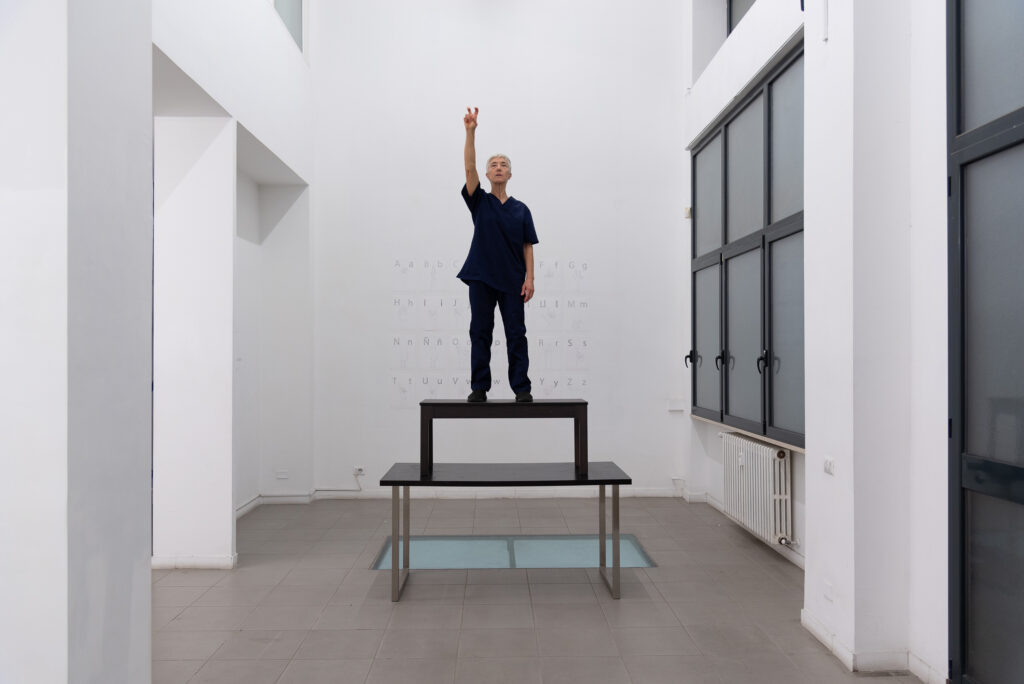
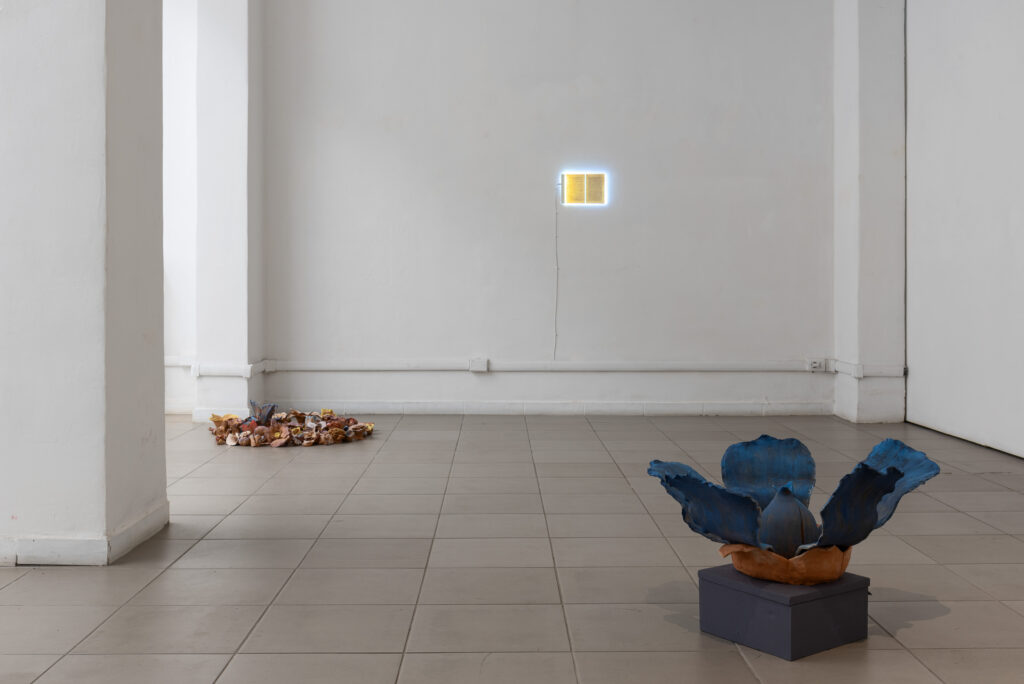

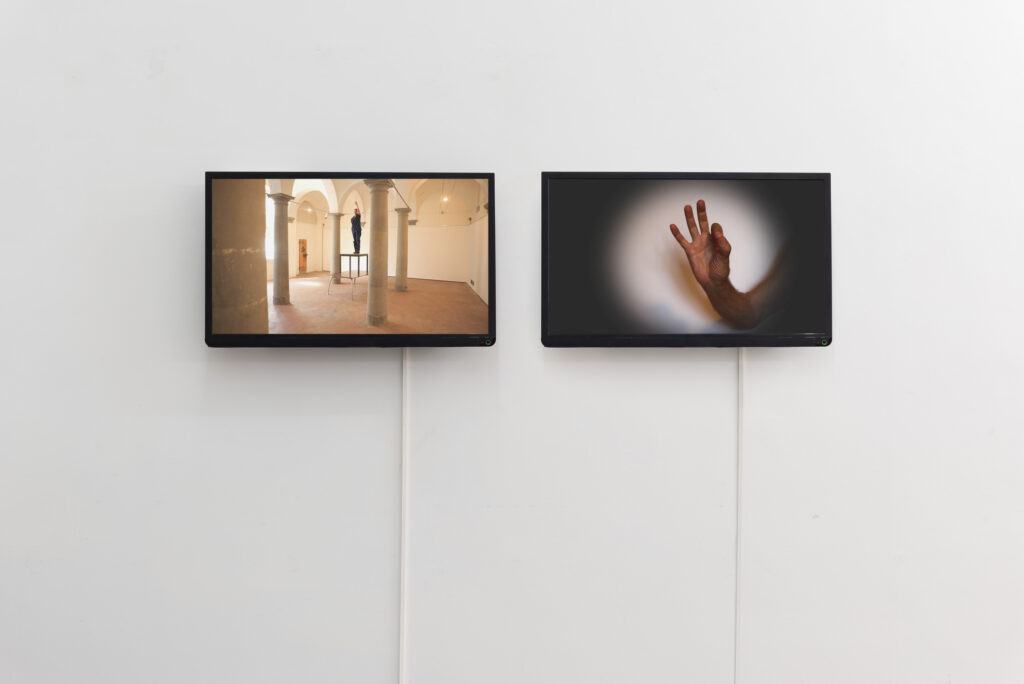
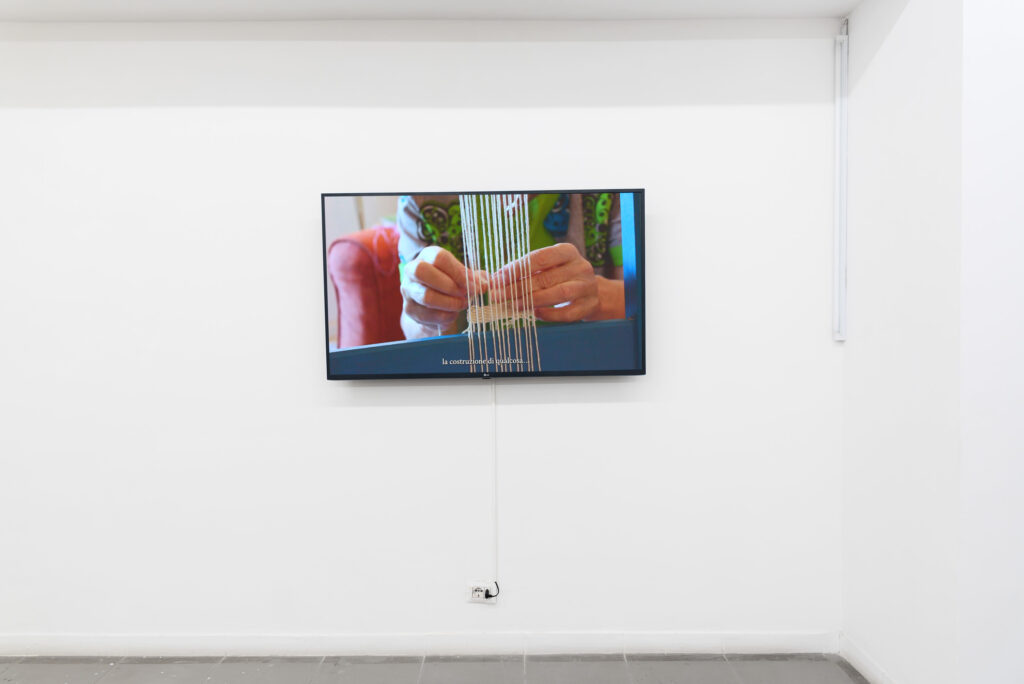
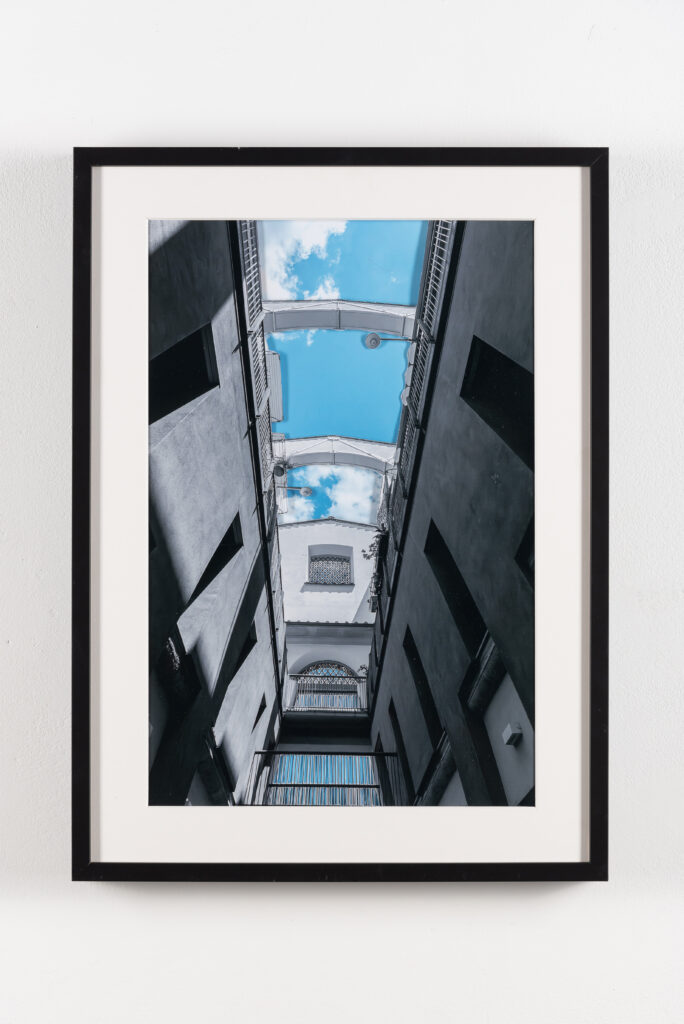
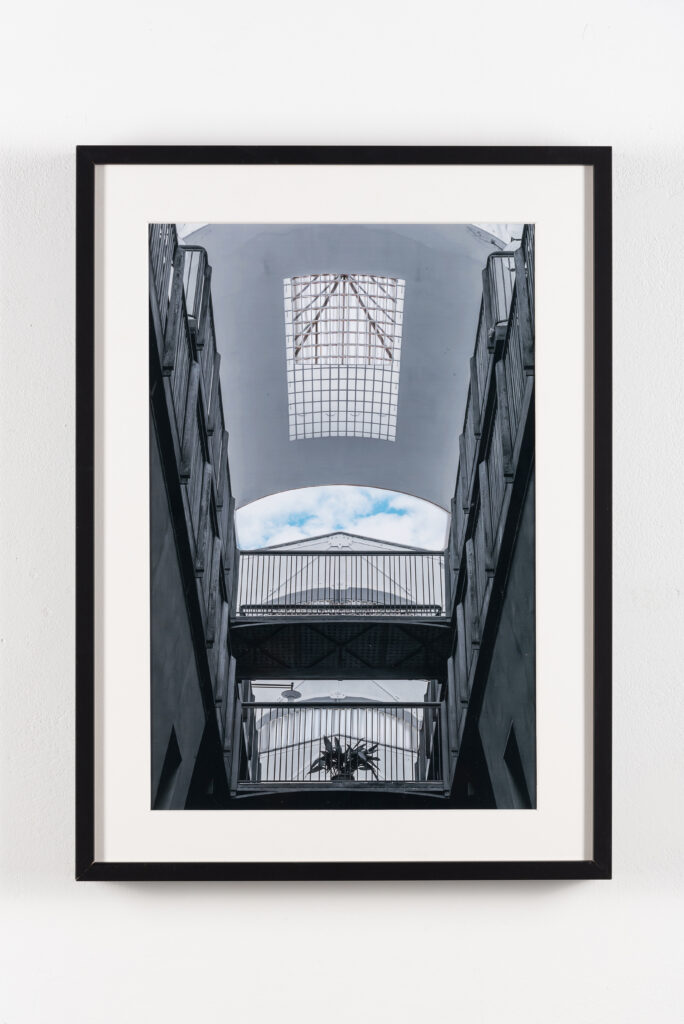
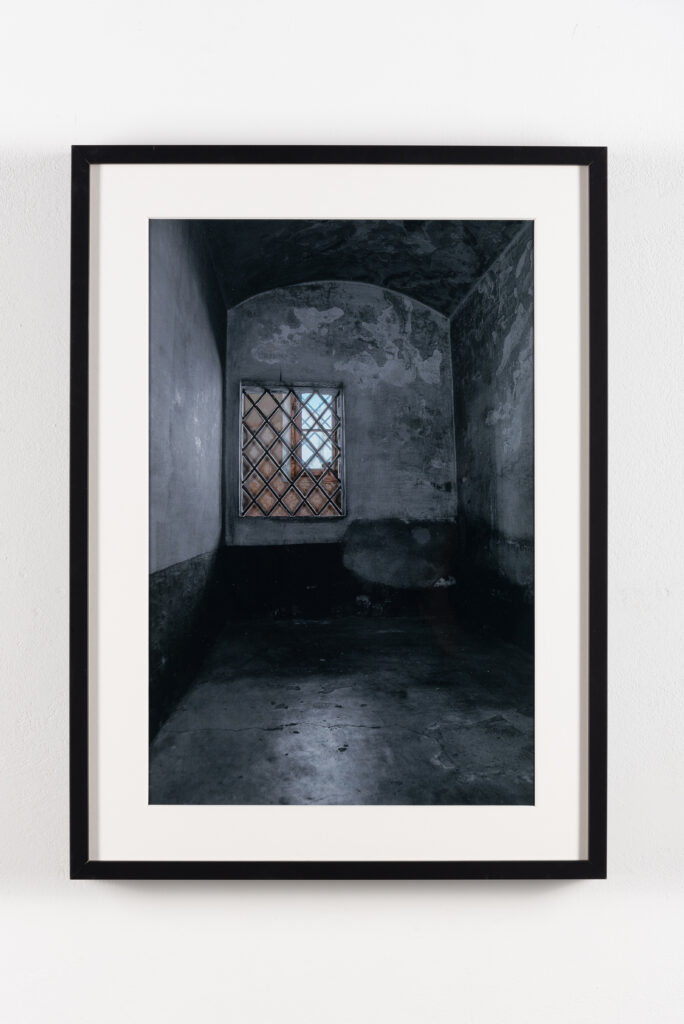

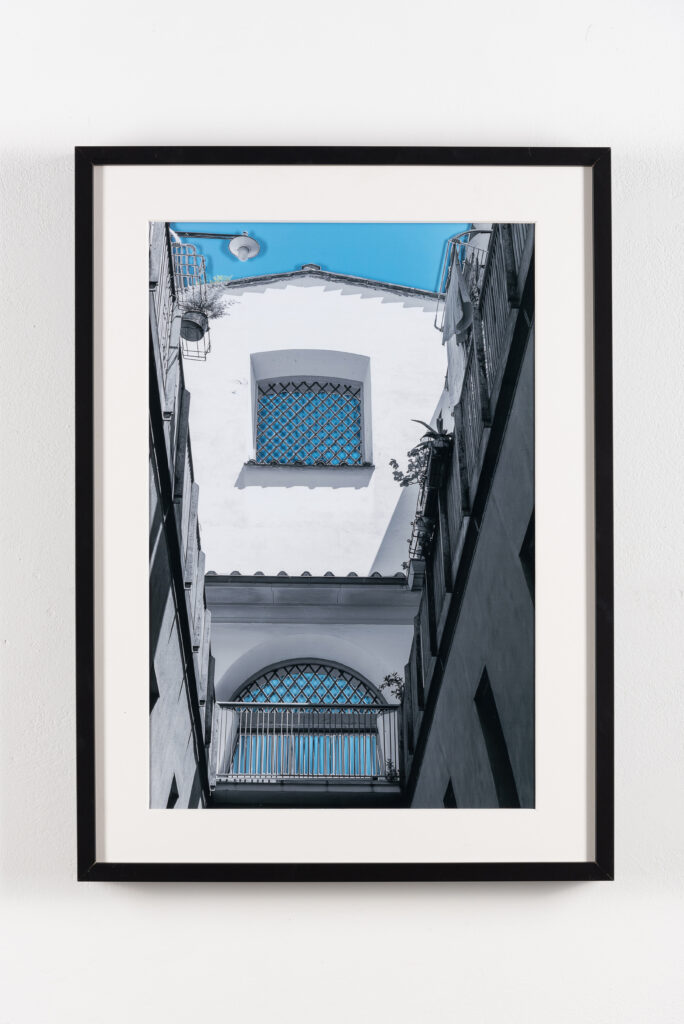
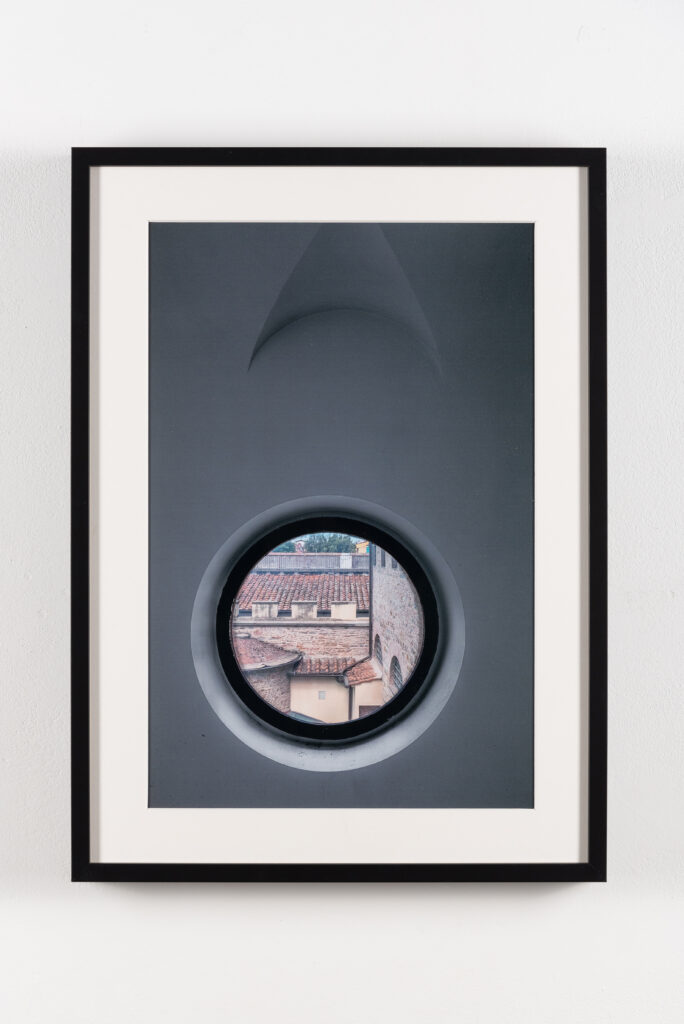
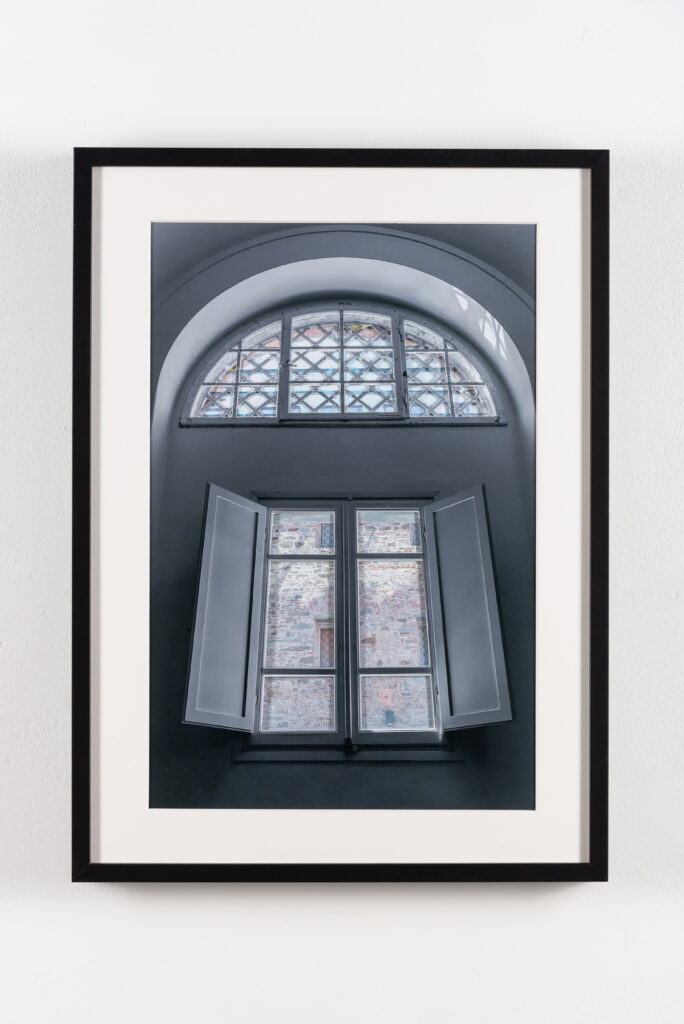
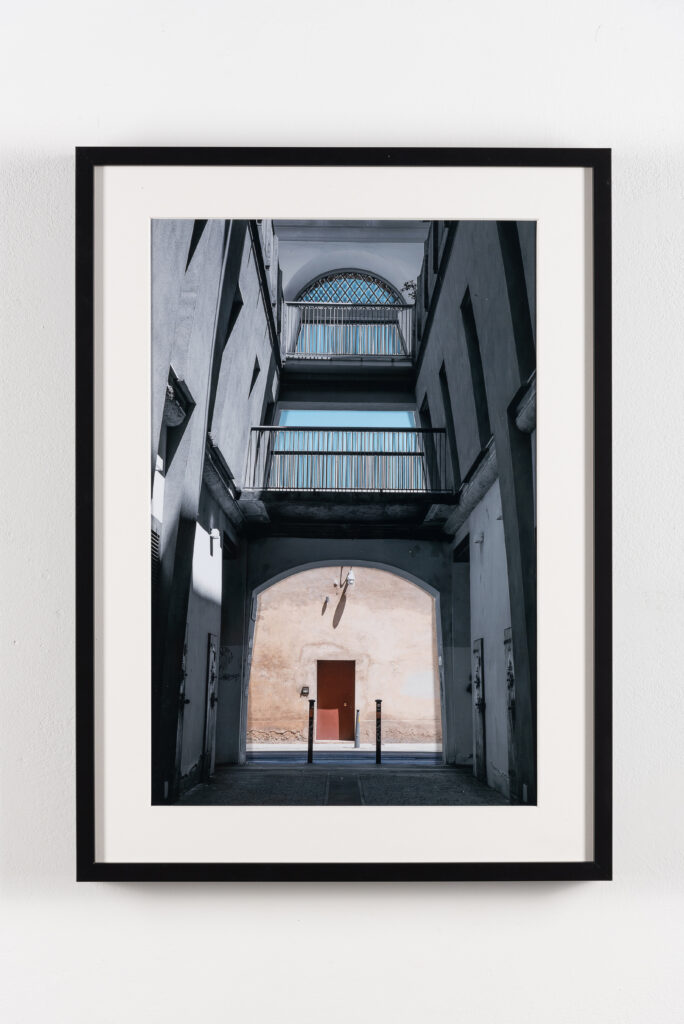
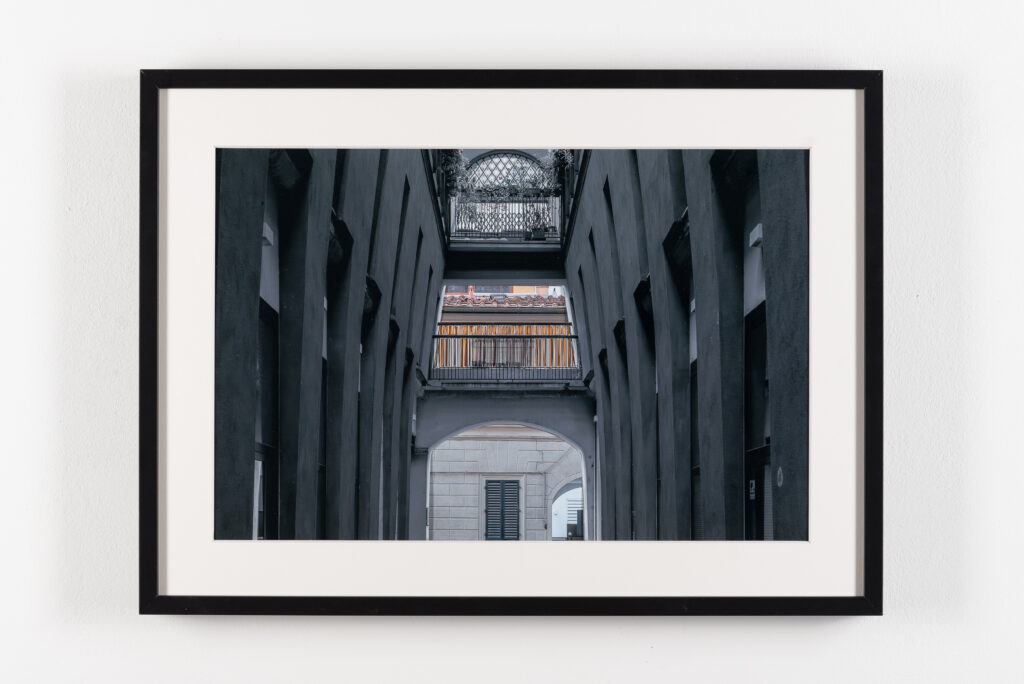
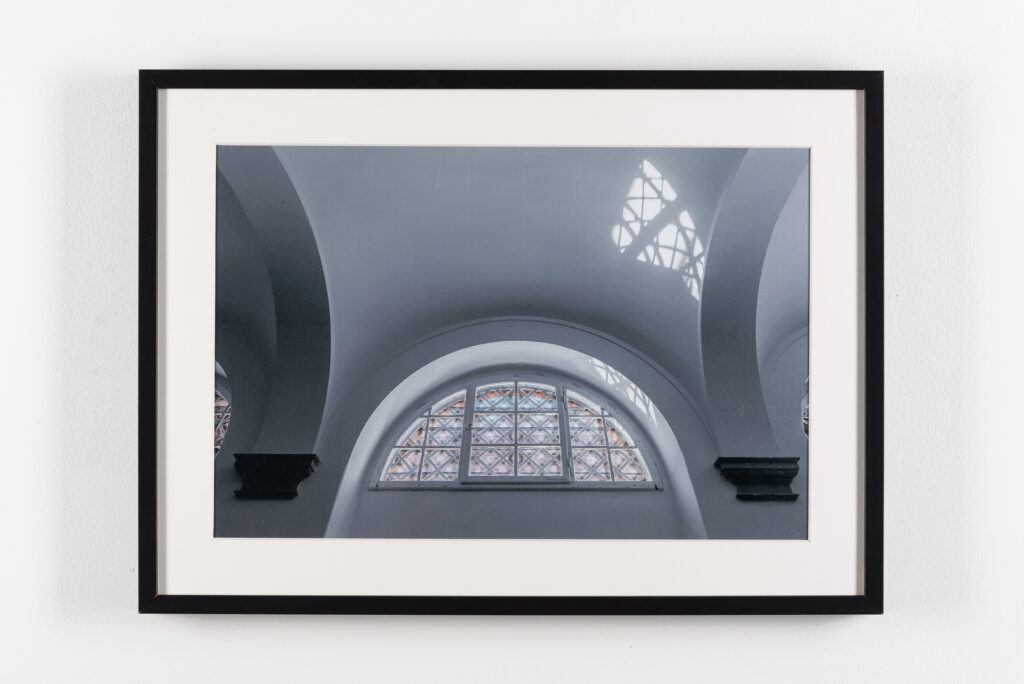
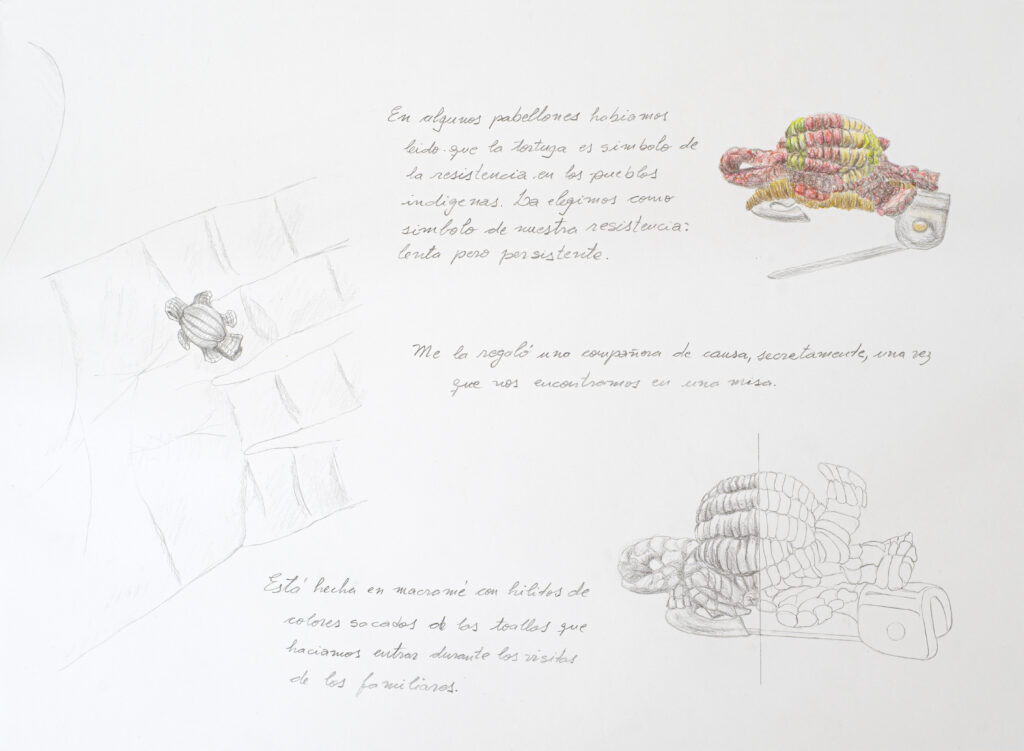
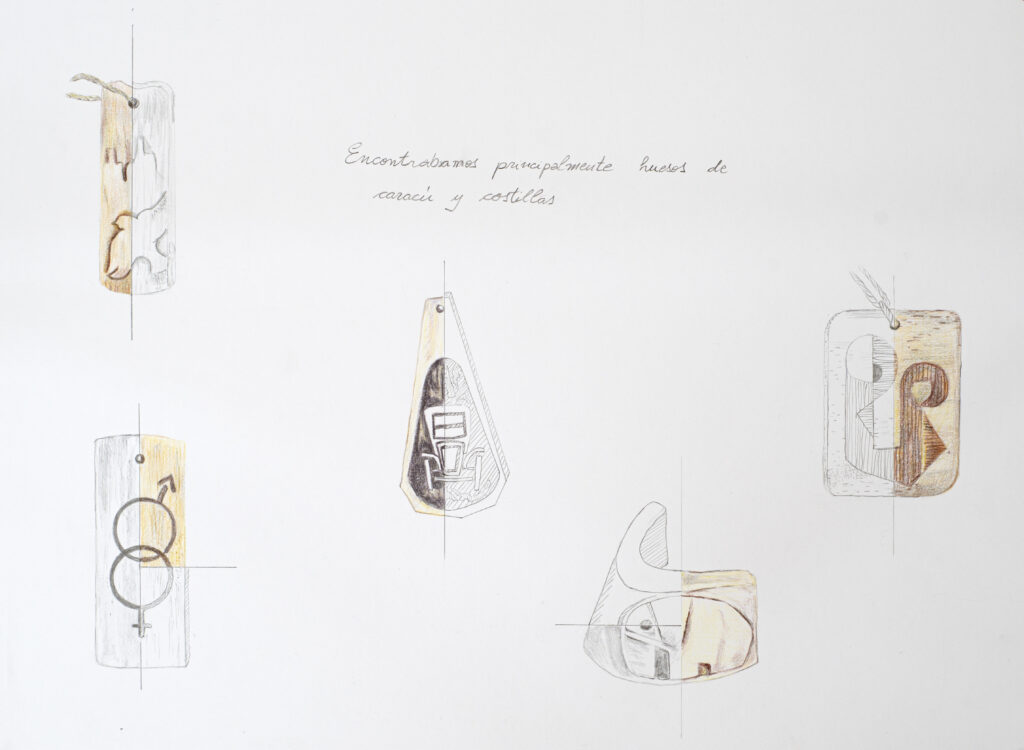
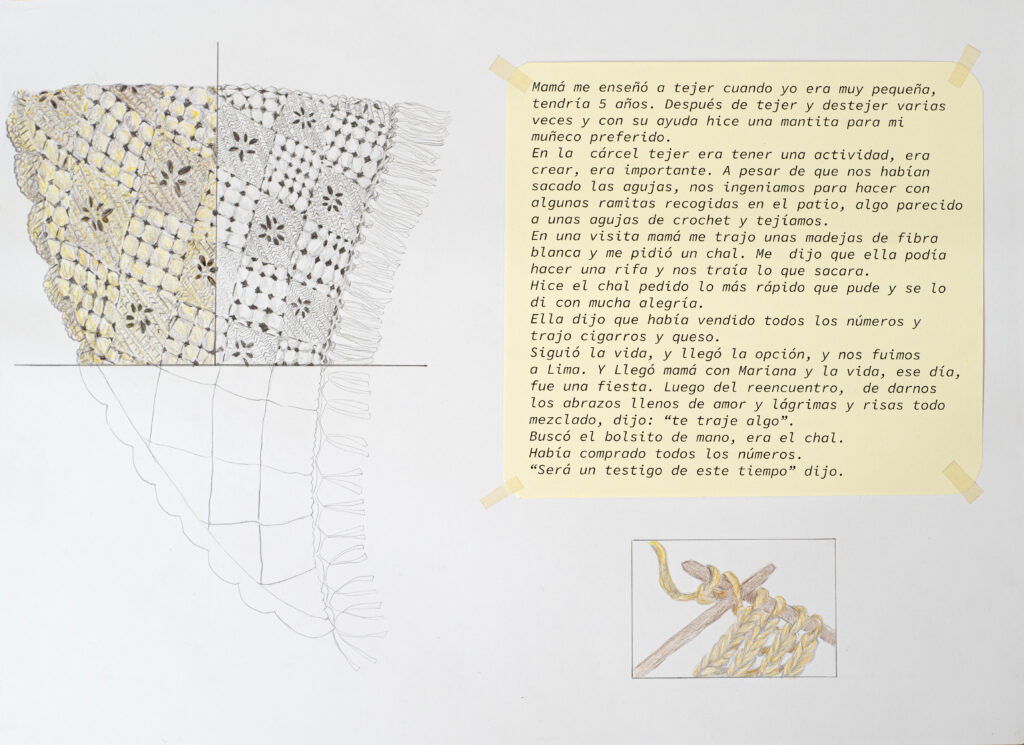

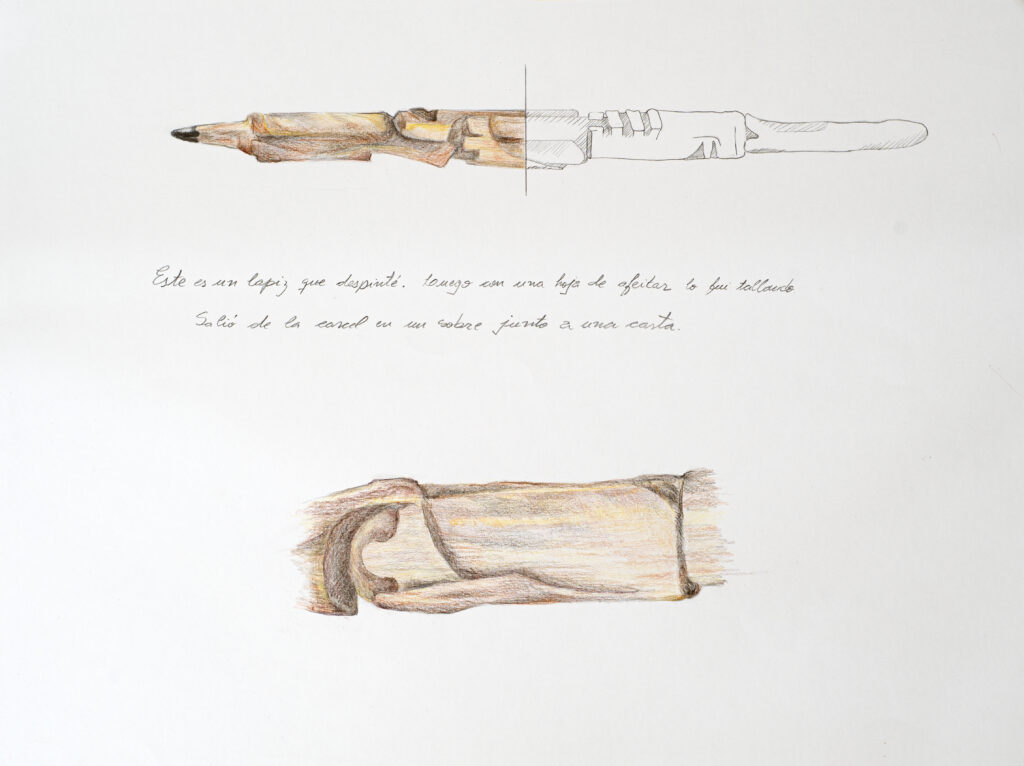
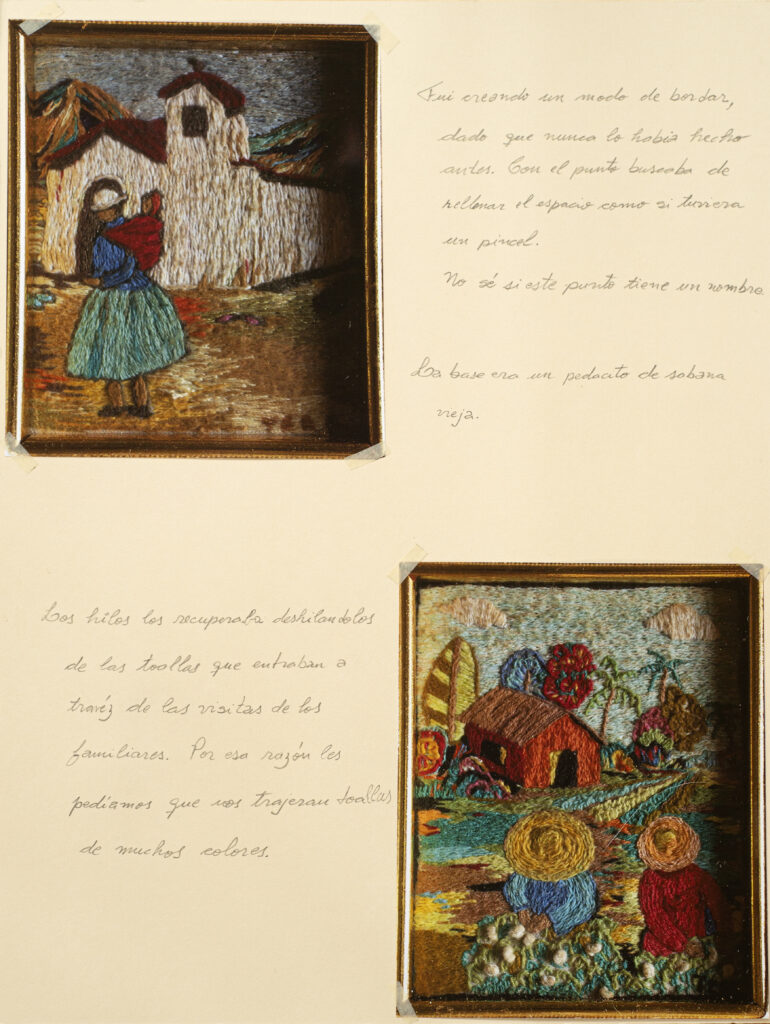
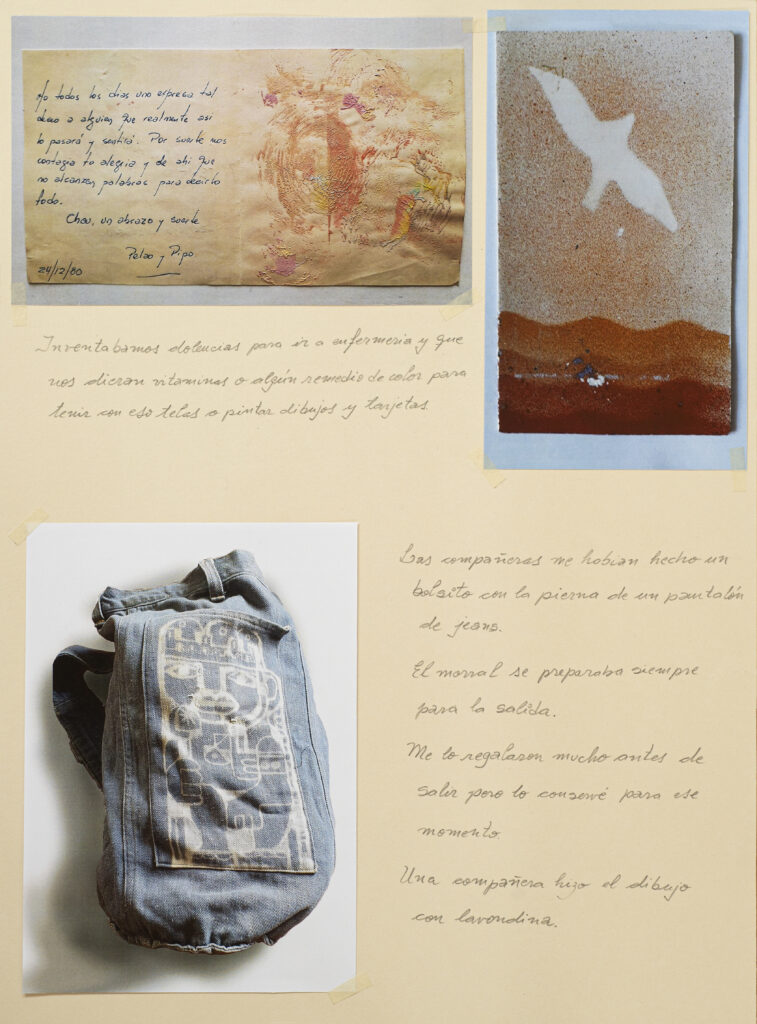
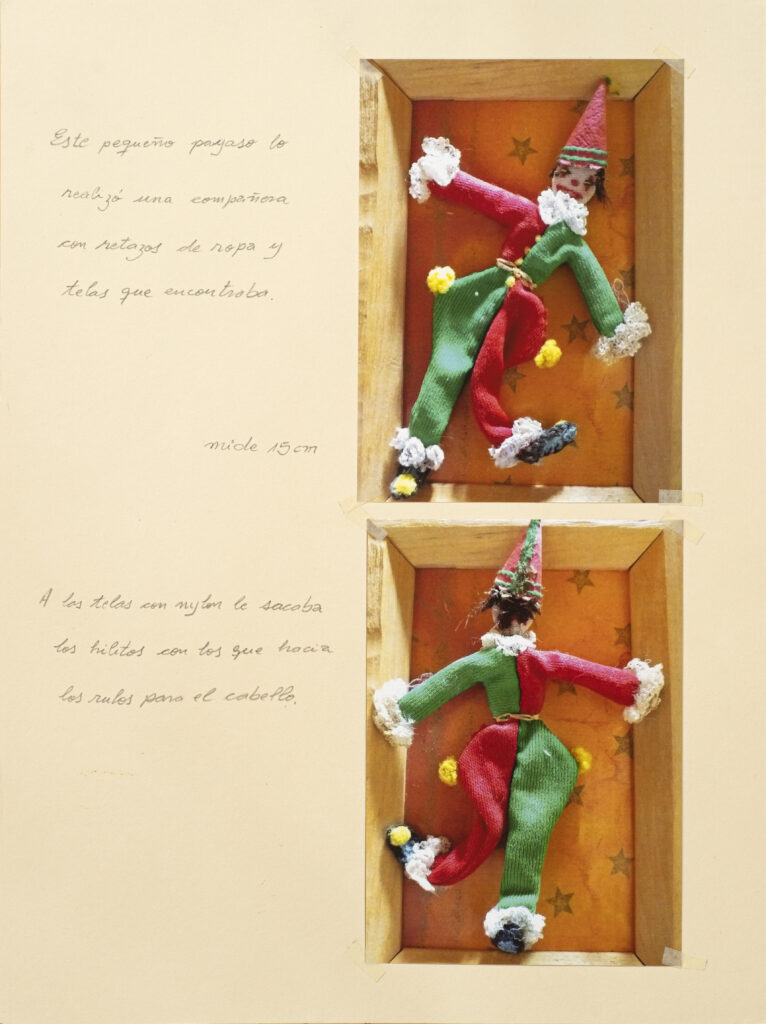
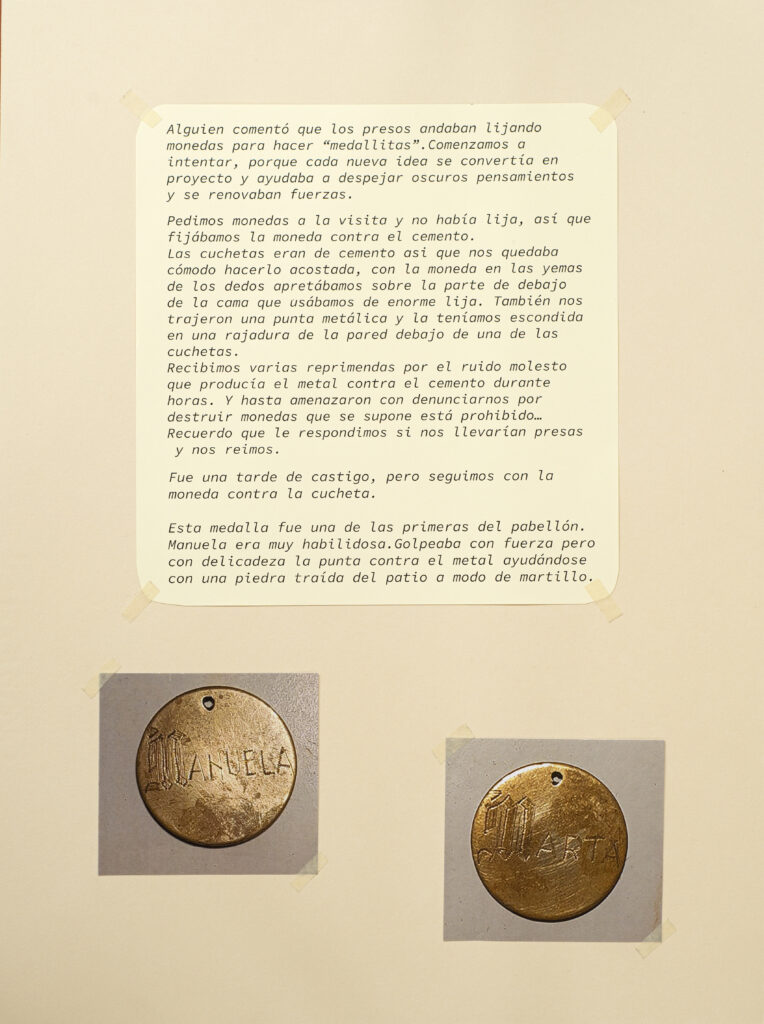

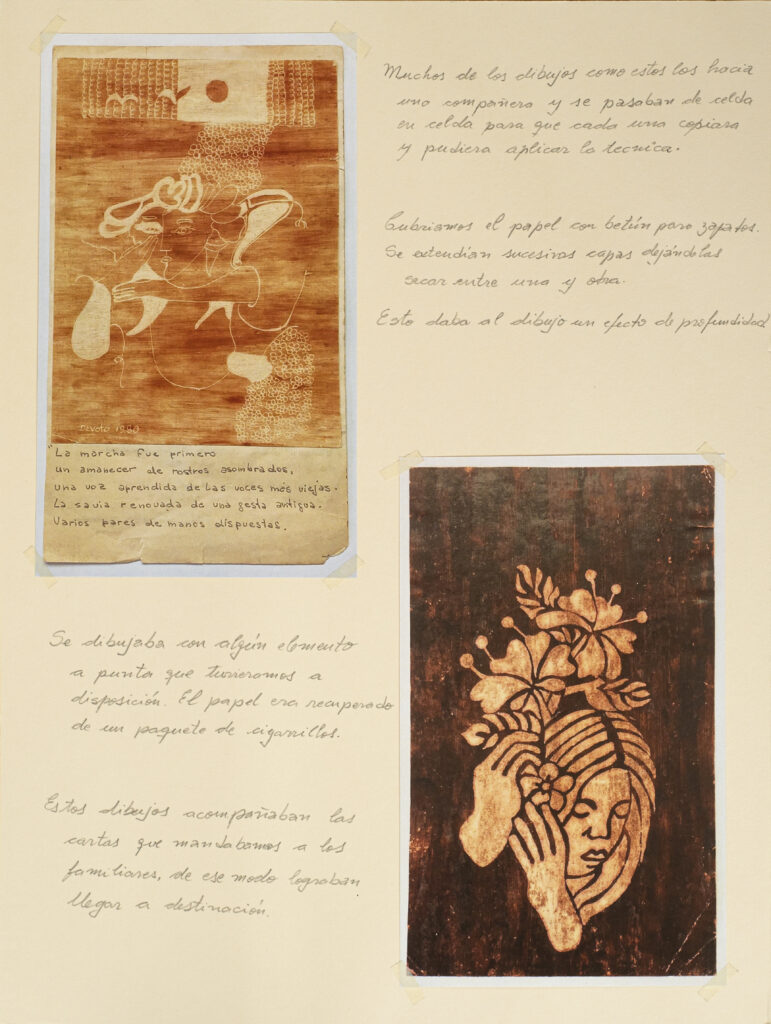
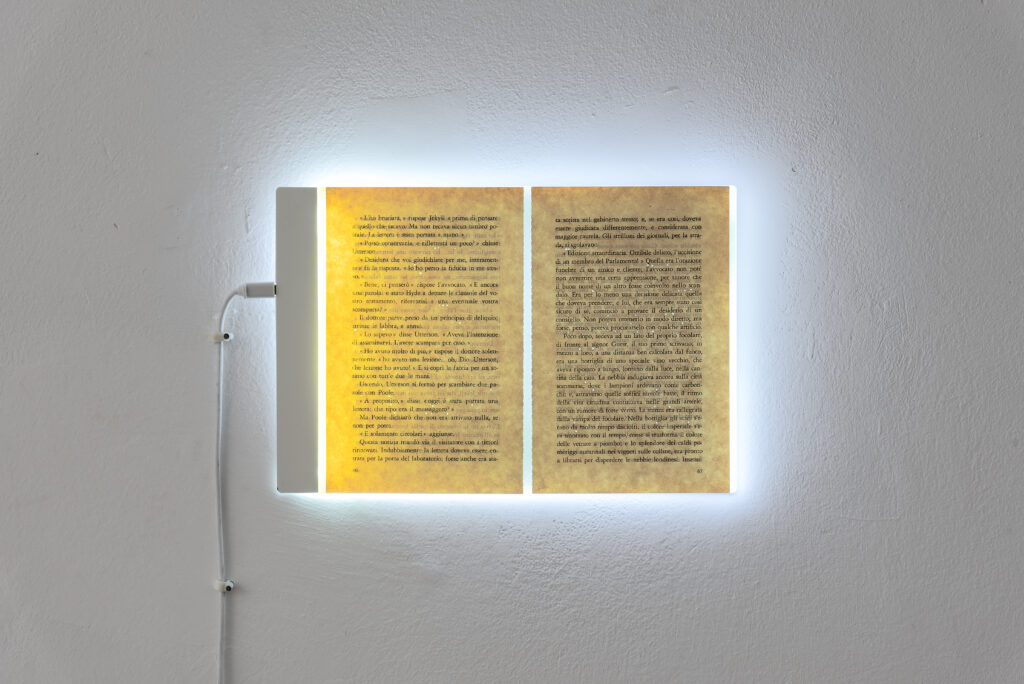

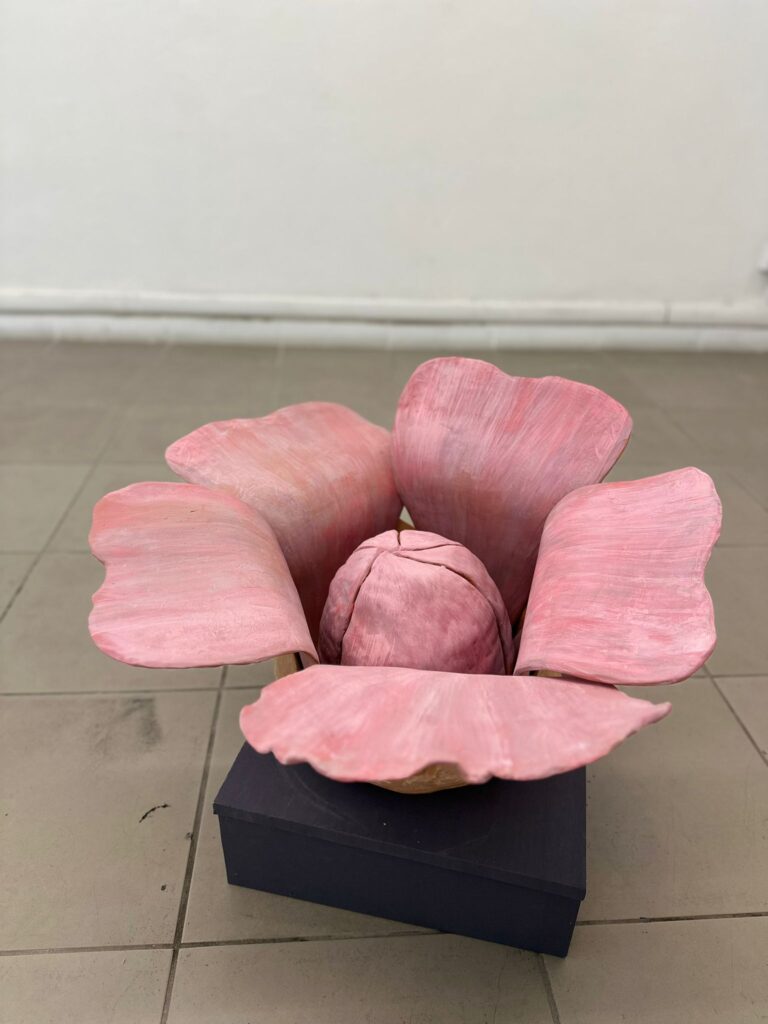
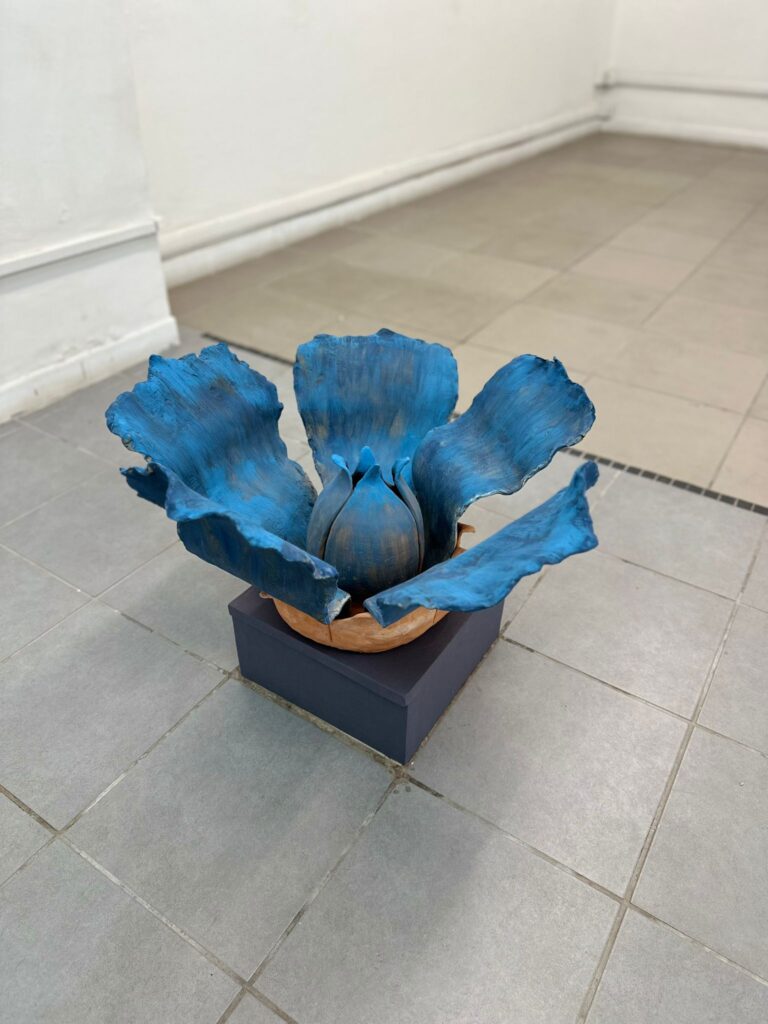
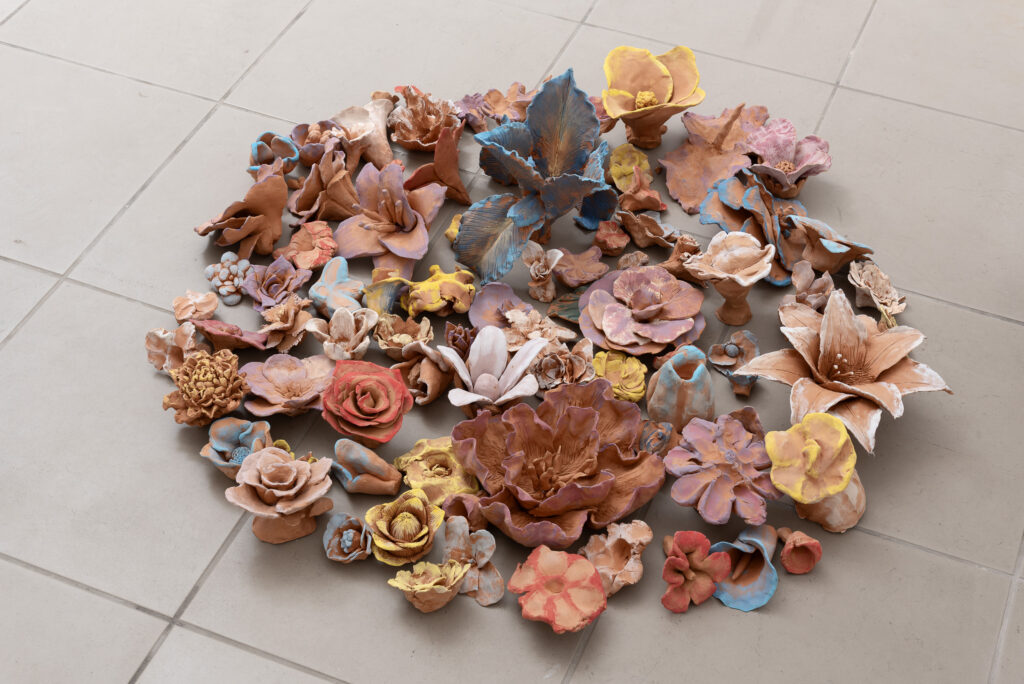
The Gallery Apart è orgogliosa di riproporre la mostra Libertà clandestine di Mariana Ferratto, originariamente presentata presso MAD – Murate Art District di Firenze nel corso del 2024 per la curatela di Valentina Gensini.
E’ la prima volta che la galleria riallestisce, in versione in parte ridotta e in parte diversa, una mostra già oggetto di programmazione museale, peraltro impegnandosi a garantire la piena fruizione e possibilità di interpretazione della mostra madre. Il motivo di questa scelta è legato all’eccezionalità del progetto di Ferratto da un duplice punto di vista, oggettivo e soggettivo.
La mostra nasce nell’ambito del progetto “Memoria de la materia”, sostenuto da Italian Council, XI edizione, 2022 – Direzione Generale per la Creatività Contemporanea del Ministero della Cultura. Nella prima fase, Ferratto ha potuto svolgere la sua ricerca tra Firenze, Buenos Aires, Santa Fe, Cordoba e Rosario. L’artista ha poi ottenuto una lunga residenza presso MAD – Murate Art District che le ha infine commissionato la mostra Libertà clandestine. Un progetto, dunque, oggettivamente complesso, articolato su due versanti dell’oceano Atlantico e tra due culture, con il coinvolgimento di numerosi testimoni dei drammatici eventi che hanno caratterizzato l’epoca della dittatura imposta in Argentina dal 1976 al 1983 da Rafael Videla e con la partecipazione, in Italia, di numerosi studenti iscritti ai workshop che Ferratto ha condotto nel corso della sua residenza.
Vi è poi una motivazione personale che rende straordinari il progetto e la mostra, qualcosa che l’artista covava nell’intimo e che rende l’esposizione in oggetto “la mostra” che Ferratto aveva in serbo da anni. Italiana di seconda generazione e figlia di esuli politici argentini che avevano conosciuto personalmente la realtà delle carceri argentine, Ferratto è andata alla ricerca di altri testimoni diretti di quelle esperienze di privazione della libertà, raccogliendone i racconti e i ricordi. Ne è scaturita una selezione il cui filo rosso è l’attitudine in qualche modo artistica di alcune di queste persone di trovare nella manualità, nella produzione di piccoli oggetti, nell’invenzione di modalità espressive clandestine, la possibilità di comunicare con altri detenuti e con il mondo esterno, per non restare schiacciati dalla disperazione dell’isolamento.
Ferratto ha realizzato diversi corpi di lavoro. Una serie di disegni costituisce nel suo insieme L’abbecedario del linguaggio carcerario e riproduce il “Tumbero”, il linguaggio dei segni che i carcerati comuni avevano insegnato ai “politici” per comunicare tra loro. Altri disegni formano l’Archivio dell’artigianato clandestino e riproducono gli oggetti costruiti dai detenuti politici utilizzando i materiali poverissimi che riuscivano a procurarsi, come ossobuchi, fili di asciugamani, bottoni. Ferratto ha poi realizzato tre grandi fiori di ceramica, al MAD struggentemente allestiti all’interno delle ex celle di rigore dell’istituto penitenziario, al cui interno ha celato altrettanti altoparlanti che restituiscono frammenti di brani recuperati dal libro “Memorie del buio” costruito attraverso lettere, pagine di diari e testimonianze di 112 donne vissute insieme nel carcere di Devoto. Storie che diventano oggetto anche di video girati da Ferratto utilizzando l’insolito format del tutorial, giacché i protagonisti rievocano le loro esperienze di detenzione mentre ripetono e spiegano la produzione degli oggetti realizzati in carcere. L’affinità elettiva tra il racconto dell’artista e il luogo Murate, ex carcere femminile, è reso nella mostra in galleria grazie all’unico lavoro non presente nell’esposizione fiorentina perché realizzato successivamente. Si tratta di una serie di coppie di fotografie, una in bianco e nero e l’altra identica a colori, di luoghi interni all’ex carcere, foto sovrapposte dall’artista e ritagliate a mano in modo tale che, laddove nella foto viene riprodotto un esterno per la presenza di finestre o altre aperture, il colore dell’esterno si imponga ma conviva con il bianco e nero degli interni.
Per la serie” Quaderni di residenza” di MAD – Murate Art District, in occasione della mostra fiorentina è stato pubblicato da postmedia books il libro Libertà clandestine che raccoglie le immagini dei lavori e i testi di Valentina Gensini, Angel Moya Garcia, Laura Gonzalez e Serena Castellotti. Il libro sarà oggetto di presentazione in galleria nel corso della durata della mostra, mentre in occasione dell’opening sarà proposta una performance fondata sull’uso del “Tumbero” e interpretata dalle performer Laura Bisio, Giulia Vigo e Federica Damiani della compagnia di danza 668 ControchiaveDanza.
Realizzata nell’ambito del progetto “Memoria de la materia” sostenuto da Italian Council, XI edizione, 2022 Direzione Generale per la Creatività Contemporanea del Ministero della CulturaIn collaborazione con: Murate Art DISTRICT, Accademia di Belle Arti di Firenze, Accademia di Belle Arti di Roma, APM Archivo Provincial de la Memoria de Córdoba, Biblioteca Popular Constancio C.Vigil, Casa B, Facultad de Bella Artes de la Universidad del País Vasco/Euskal Herriko Unibertsitatea UPV/EHU, Museo Provincial de Bellas Artes “Rosa Galisteo de Rodríguez”dependiente del Ministerio de Cultura de la Provincia de Santa Fe, Museo ArtesPlásticas Eduardo Sívori, Ciudad de Buenos Aires, PILOT, Villa Romana, Carico Massimo.
SCHEDA INFORMATIVA
MOSTRA: Mariana Ferratto – Libertà clandestine
LUOGO: The Gallery Apart – Via Francesco Negri, 43, Roma
INAUGURAZIONE: 24.01.2025
DURATA MOSTRA: 25.01.2025 – 15.03.2025
ORARI MOSTRA: dal martedì al sabato 15.00 – 19.00 e su appuntamento
INFORMAZIONI: The Gallery Apart – tel. 0668809863 – info@thegalleryapart.it – www.thegalleryapart.it
MARIANA FERRATTO:
Mariana Ferratto (Roma 1979) è un’artista italo-argentina, vive a Firenze. Laureata all’Accademia di Belle Arti di Roma ha completato la sua formazione con studi di teatrodanza.
La sua ricerca ruota intorno al tema dell’identità nelle sue molteplici sfaccettature. Elemento essenziale è il corpo come mezzo attraverso il quale indagare il tema dell’identità personale e di genere, la relazione con l’altro e gli stereotipi ad esso associati.
Memoria della Materia è vincitore dell’Italian Council 2022, XI edizione ambito 3, grant per il sostegno alla ricerca internazionale di artisti, curatori e critici.
Ha partecipato a numerose mostre in prestigiosi spazi espositivi tra i quali: MAXXI Roma, MACRO, Museo di arte contemporanea Roma, MAD – Murate Art District Firenze, PAN – Palazzo delle Arti Napoli, MUMI Montevideo, Auditorium Parco della Musica di Roma, Contempoary Art Museum St. Louis Missouri, USA, Palazzo Merulana a Roma, Sala Rekalde a Bilbao, Museo di Roma in Trastevere, Centro Cultural Recoleta Buenos Aires, Serrone della Villa Reale di Monza, Galleria Parmeggiani Reggio Emilia, Tese delle Vergini dell’Arsenale Venezia, Le Monnaie de Paris, Fondazione Pastificio Cerere Roma, C/O Careof Milano, Fondazione Adriano Olivetti Roma, Istituto Italo-Latino americano Roma, Museo Pietro Canonica Villa Borghese Roma, Accademia di Romania Roma, Fondazone Alda Fendi Roma, Museo del Sannio Benevento, MAC – Museo d’Arte Contemporanea di Lissone, Museo Casa natale di Gabriele D’Annunzio Pescara, CIAC Castello Colonna Genazzano. Nel 2022/2023 partecipa alla residenza di produzione al MAD, Murate Art District, nel 2015 alla Residenza Artistica Cosenza 2015 a cura de I Martedì Critici, nel 2014 alla FDV Residency Program presso Careof/DOCVA, Fabbrica del Vapore a Milano, nel 2010-2011 è stata selezionata da Incontri Internazionali d’Arte per la residenza alla Cité Internationale des Arts a Parigi. Nel 2012 ha vinto la II edizione del premio Arte, patrimonio e diritti umani promosso da Connecting Cultures.
ENG
The Gallery Apart is proud to repropose Mariana Ferratto’s exhibition Libertà Clandestine, originally presented at MAD – Murate Art District in Florence during 2024 under the curatorship of Valentina Gensini.
This is the first time that the gallery has hosted, in a partly reduced and partly different version, an exhibition that was already the subject of museum programming, moreover, committing itself to guarantee the full enjoyment and possibility of interpretation of the mother exhibition. The reason for this choice is related to the exceptional nature of Ferratto’s project both from an objective and a subjective point of view.
The exhibition was created as part of the project “Memoria de la materia”, supported by Italian Council, XI edition, 2022 – General Directorate for Contemporary Creativity of the Ministry of Culture. In the first phase, Ferratto was able to carry out his research between Florence, Buenos Aires, Santa Fe, Cordoba and Rosario. The artist then obtained a long residency at MAD – Murate Art District, which finally commissioned her exhibition Libertà Clandestine. A project, therefore, objectively complex, articulated on two sides of the Atlantic Ocean and between two cultures, with the involvement of numerous witnesses of the dramatic events that characterized the era of the dictatorship imposed in Argentina from 1976 to 1983 by Rafael Videla and with the participation, in Italy, of numerous students enrolled in the workshops that Ferratto conducted during her residency.
There is then a personal motivation that makes the project and the exhibition extraordinary, something that the artist brooded in her innermost self and that makes the exhibition in question “the exhibition” that Ferratto had been planning for years. A second-generation Italian and the daughter of Argentine political exiles who had personally known the reality of Argentine prisons, Ferratto went in search of other direct witnesses of those experiences of deprivation of freedom, collecting their stories and memories. The result is a selection whose common ground is the somewhat artistic attitude that some of these people found in manual dexterity, in the production of small objects, in the invention of clandestine modes of expression, the possibility of communicating with other prisoners and with the outside world, in order not to be crushed by the despair of isolation
Ferratto made several bodies of work. One series of drawings constitutes as a whole The Abecedary of Prison Language and reproduces the “Tumbero”, the sign language that ordinary prisoners had taught “politicians” to communicate with each other. Other drawings form the Archive of Clandestine Handicrafts and reproduce the objects made by political prisoners using the very poor materials they were able to obtain, such as ossobuchi, towel threads, and buttons. Ferratto then made three large ceramic flowers, at MAD poignantly set up inside the prison’s former rigor cells, inside which he concealed as many speakers that return fragments of excerpts retrieved from the book “Memories of Darkness” built through letters, diary pages and testimonies of 112 women who lived together in the Devoto prison. Stories that also become the subject of videos filmed by Ferratto using the unusual format of the tutorial, as the protagonists recall their experiences of detention while repeating and explaining the production of objects made in prison. The elective affinity between the artist’s narrative and the place Murate, a former women’s prison, is rendered in the gallery exhibition thanks to the only work not in the Florentine exhibition because it was made later. It is a series of pairs of photographs, one in black and white and the other identical in color, of places inside the former prison, photos superimposed by the artist and cropped by hand in such a way that, where an exterior is reproduced in the photo due to the presence of windows or other openings, the color of the exterior imposes itself but coexists with the black and white of the interior.
For the series “Quaderni di residenza” of MAD – Murate Art District, on the occasion of the Florentine exhibition, the book Libertà clandestine has been published by postmedia books, collecting images of the works and texts by Valentina Gensini, Angel Moya Garcia, Laura Gonzalez and Serena Castellotti. The book will be the subject of a presentation in the gallery during the duration of the exhibition, while at the opening there will be a performance based on the use of the “Tumbero” and interpreted by performers Laura Bisio, Giulia Vigo and Federica Damiani from the dance company 668 ControchiaveDanza.
Produced as part of the project “Memoria de la materia” supported by Italian Council, XI edition, 2022 Directorate General for Contemporary Creativity of the Ministry of Culture In collaboration with: Murate Art DISTRICT, Accademia di Belle Arti di Firenze, Accademia di Belle Arti di Roma, APM Archivo Provincial de la Memoria de Córdoba, Biblioteca Popular Constancio C.Vigil, Casa B, Facultad de Bella Artes de la Universidad del País Vasco/Euskal Herriko Unibertsitatea UPV/EHU, Museo Provincial de Bellas Artes “Rosa Galisteo de Rodríguez “dependiente del Ministerio de Cultura de la Provincia de Santa Fe, Museo Artes Plásticas Eduardo Sívori, Ciudad de Buenos Aires, PILOT, Villa Romana, Carico Massimo.
INFORMATION SHEET
EXHIBITION: Mariana Ferratto – Libertà Clandestine.
PLACE: The Gallery Apart – Via Francesco Negri, 43, Rome
INAUGURATION: 24.01.2025
EXHIBITION DURATION: 25.01.2025 – 15.03.2025
EXHIBITION HOURS: from Tuesday to Saturday 3 p.m. – 7 p.m. and by appointment
INFORMATION: The Gallery Apart – tel. 0668809863 – info@thegalleryapart.it – www.thegalleryapart.it
MARIANA FERRATTO:
Mariana Ferratto (Rome 1979) is an Italian-Argentinian artist who lives in Florence. She graduated from the Academy of Fine Arts in Rome and completed her training with studies in dance-theater.
Her research revolves around the theme of identity in its many facets. An essential element is the body as a medium through which to investigate the theme of personal and gender identity, the relationship with the other and the stereotypes associated with it.
Memory of Matter is the winner of the Italian Council 2022, 11th edition scope 3 grant to support international research by artists, curators and critics.
He has participated in numerous exhibitions in prestigious exhibition spaces including: MAXXI Rome, MACRO, Museum of Contemporary Art Rome, MAD – Murate Art District Florence, PAN – Palazzo delle Arti Naples, MUMI Montevideo, Auditorium Parco della Musica in Rome, Contempoary Art Museum St. Louis Missouri, USA, Palazzo Merulana in Rome, Sala Rekalde in Bilbao, Museo di Roma in Trastevere, Centro Cultural Recoleta Buenos Aires, Serrone della Villa Reale di Monza, Galleria Parmeggiani Reggio Emilia, Tese delle Vergini dell’Arsenale Venice, Le Monnaie de Paris, Fondazione Pastificio Cerere Rome, C/O Careof Milan, Fondazione Adriano Olivetti Roma, Istituto Italo-Latino americano Roma, Museo Pietro Canonica Villa Borghese Roma, Accademia di Romania Roma, Fondazone Alda Fendi Roma, Museo del Sannio Benevento, MAC – Museo d’Arte Contemporanea di Lissone, Museo Casa natale di Gabriele D’Annunzio Pescara, CIAC Castello Colonna Genazzano.
In 2022/2023 she participated in the production residency at MAD, Murate Art District, in 2015 in the Cosenza 2015 Artistic Residency curated by I Martedì Critici, in 2014 in the FDV Residency Program at Careof/DOCVA, Fabbrica del Vapore in Milan, in 2010-2011 she was selected by Incontri Internazionali d’Arte for the residency at Cité Internationale des Arts in Paris. In 2012 she won the 2nd edition of the Art, Heritage and Human Rights Award sponsored by Connecting Cultures.



